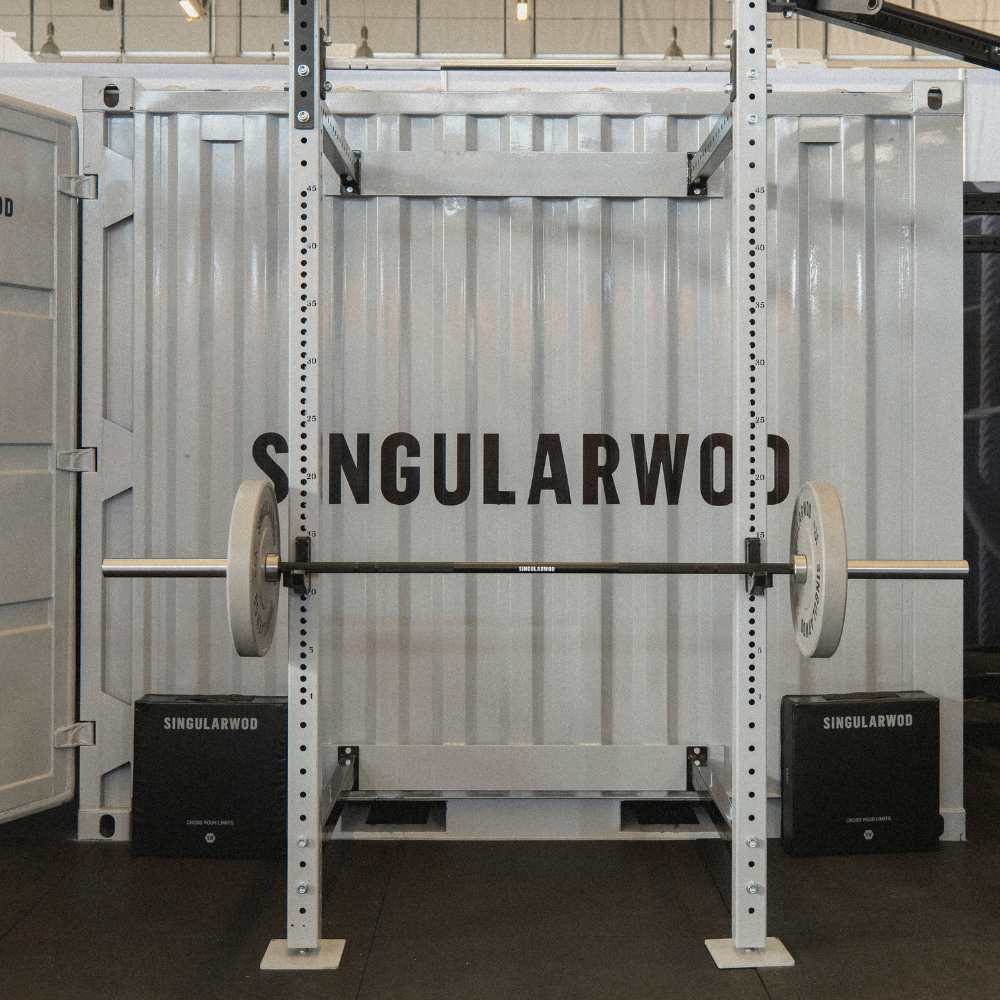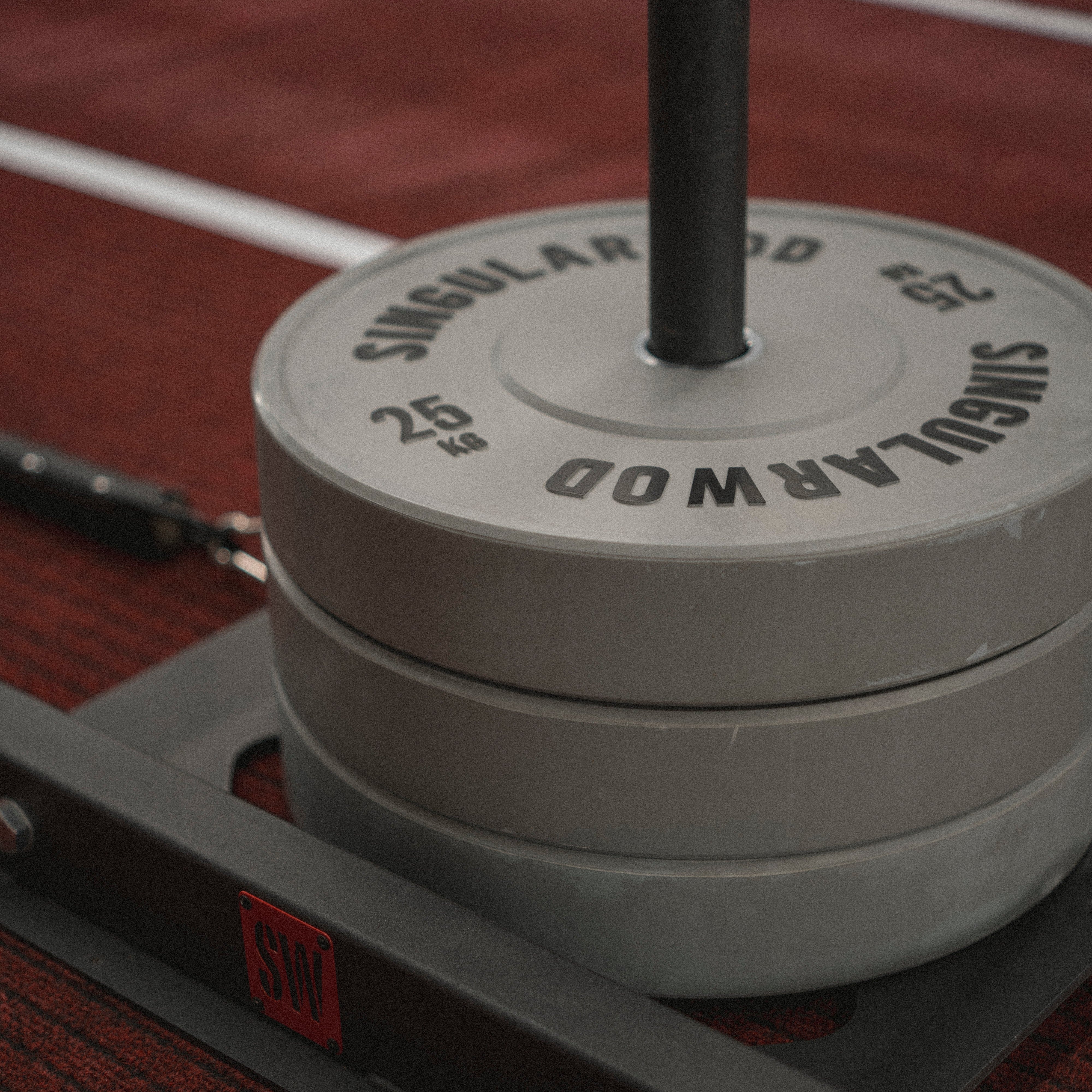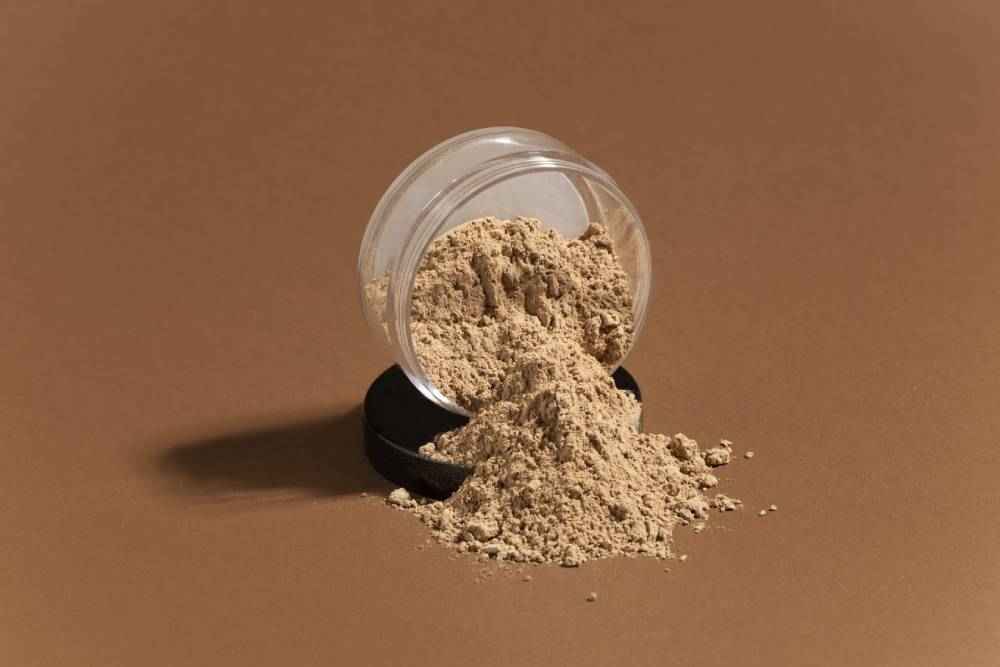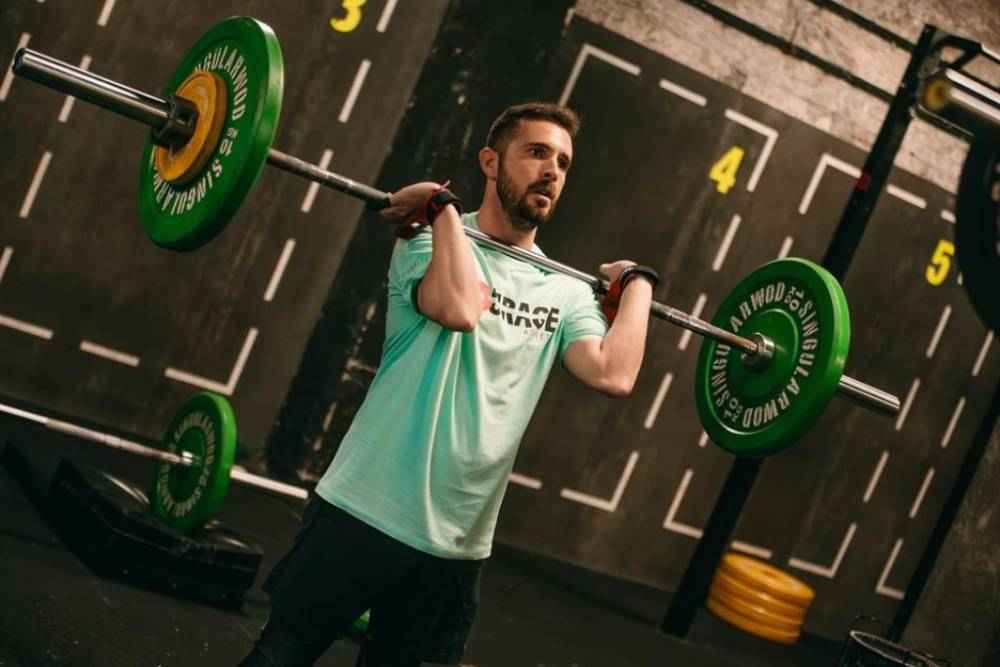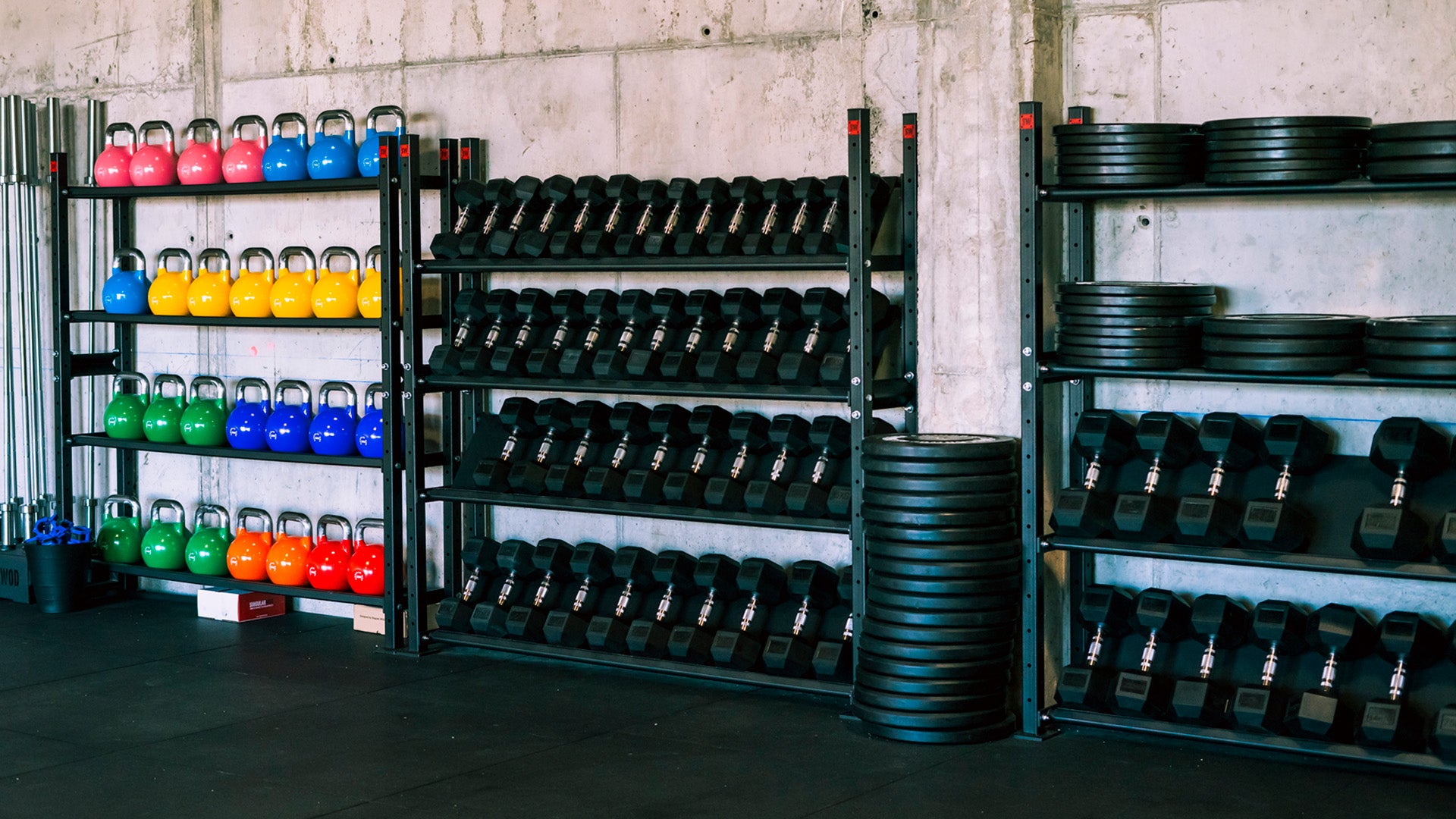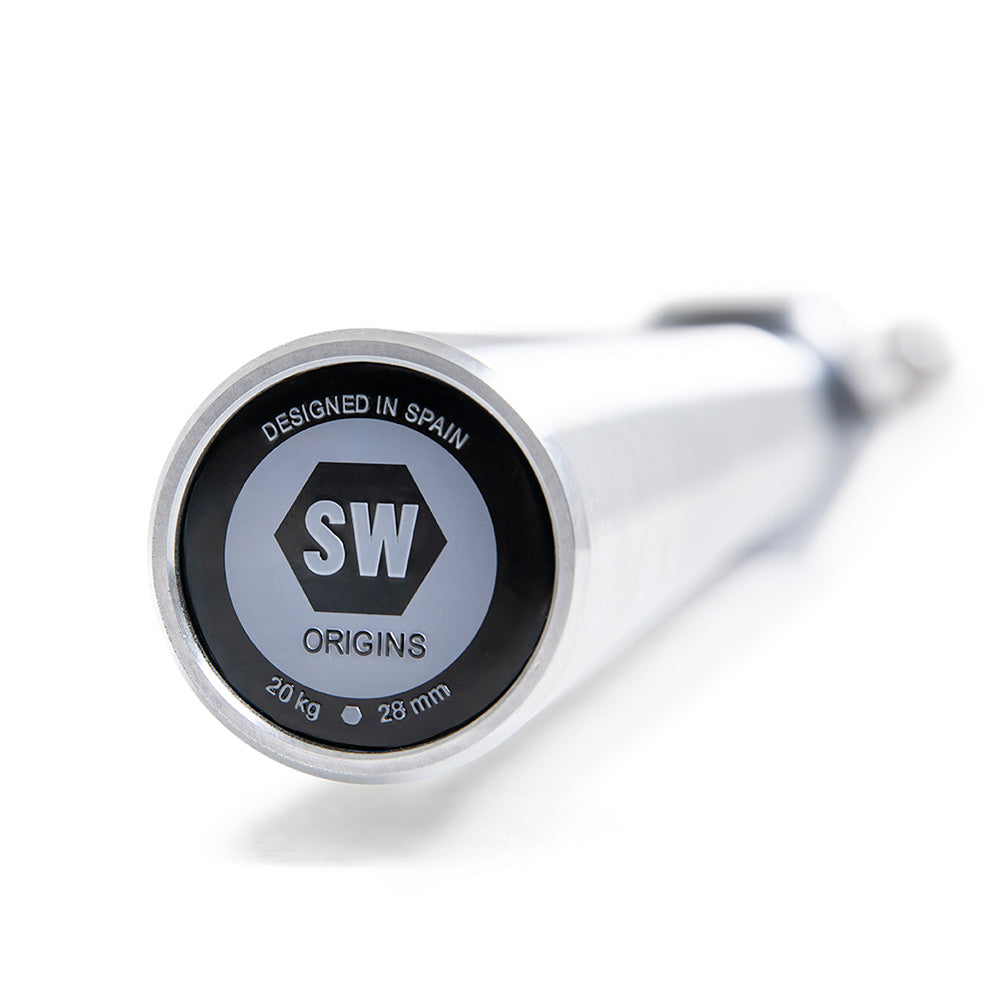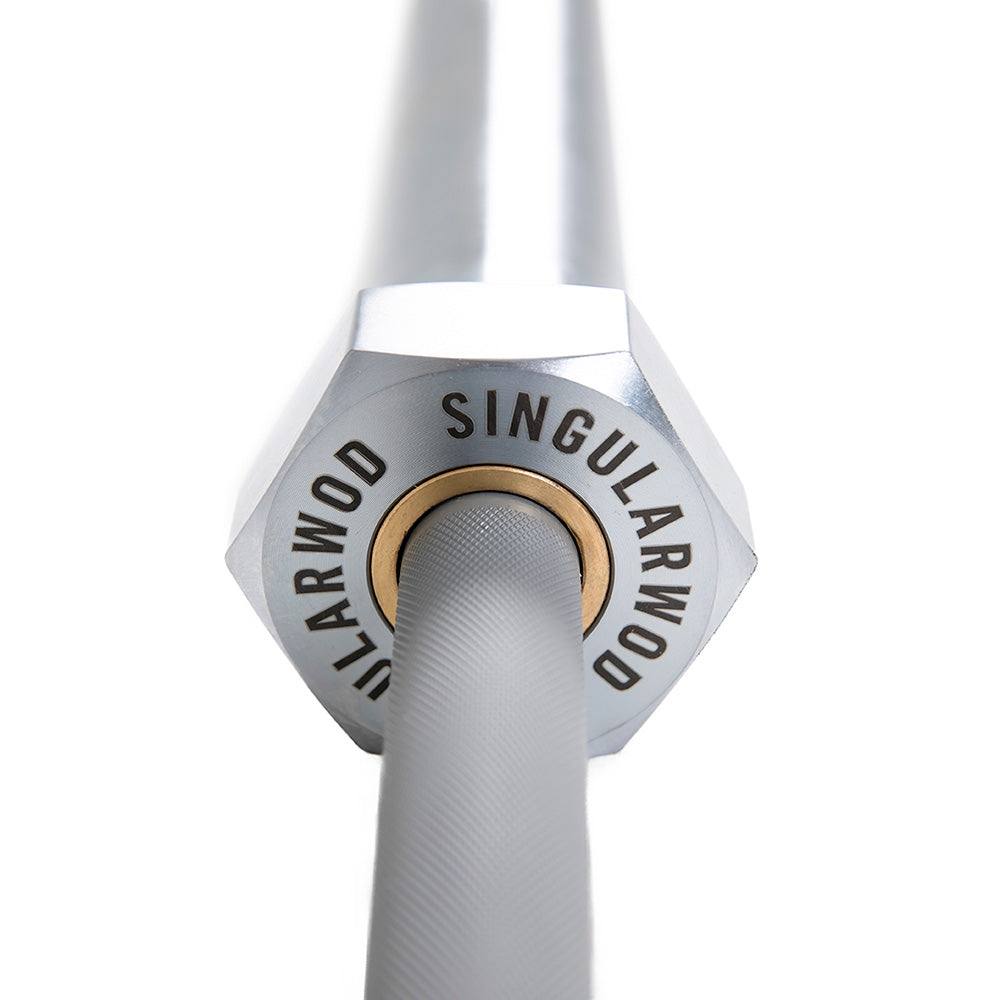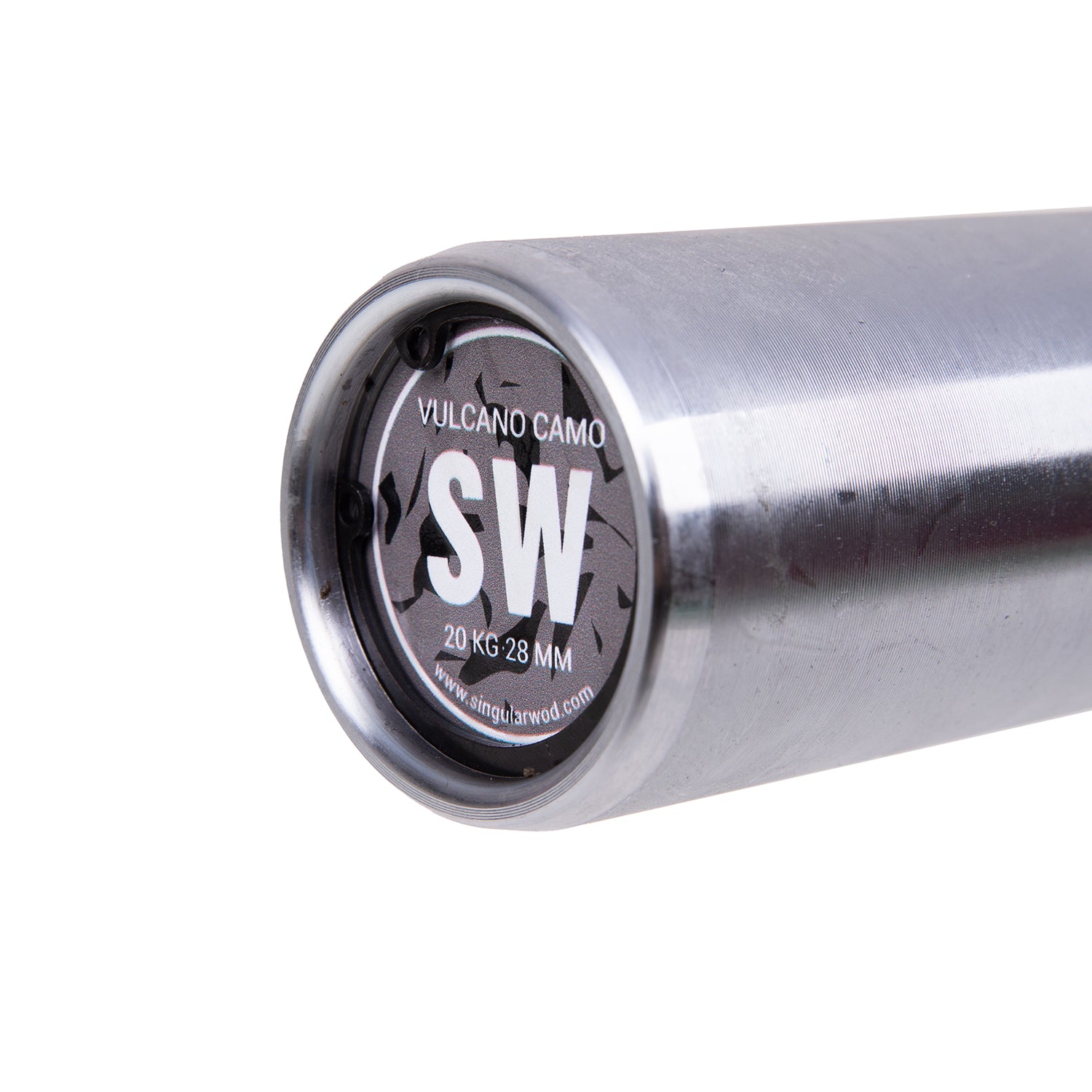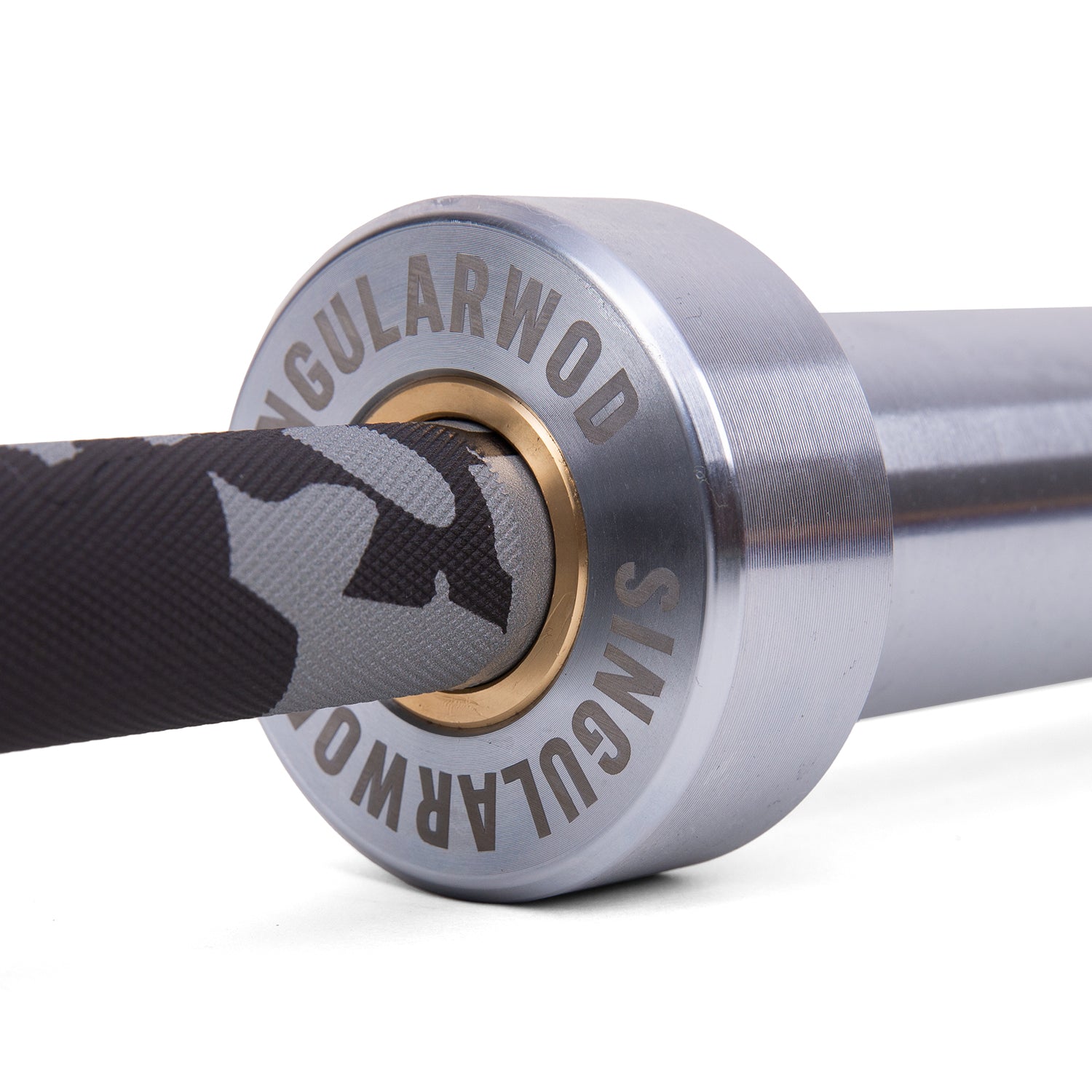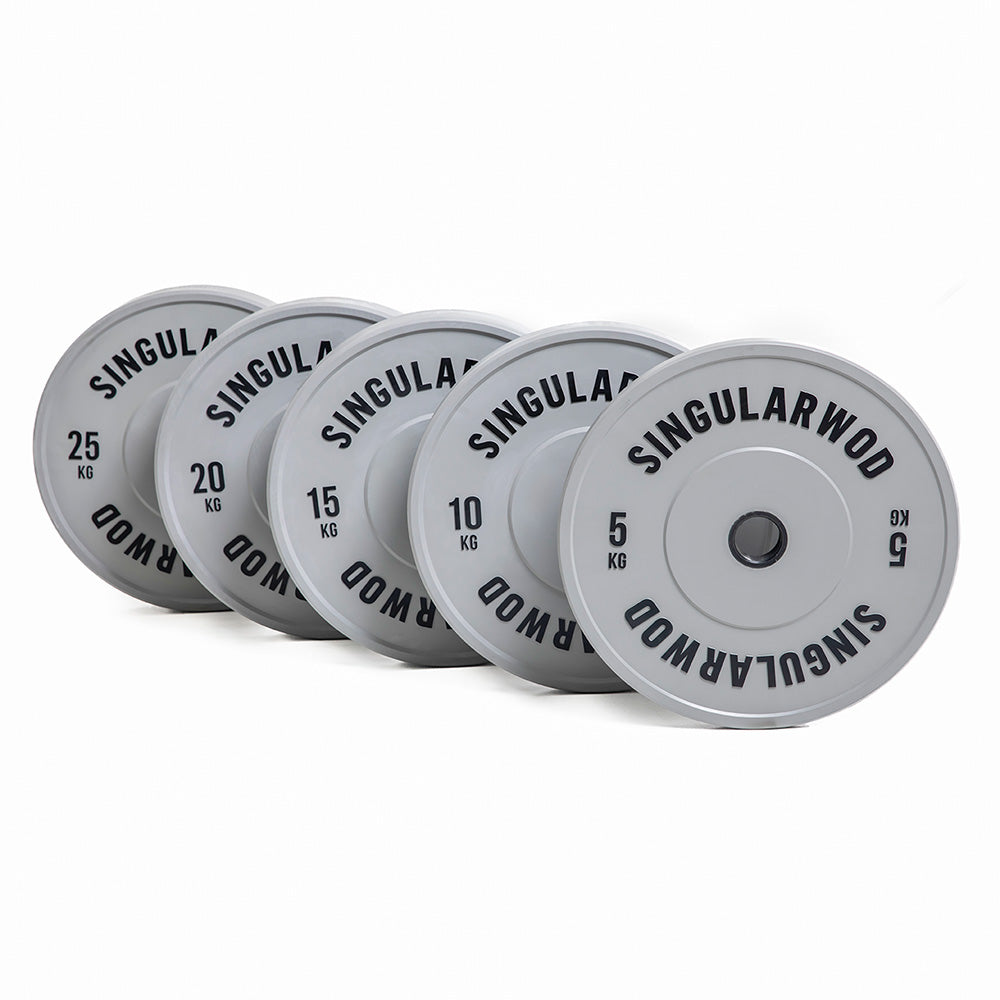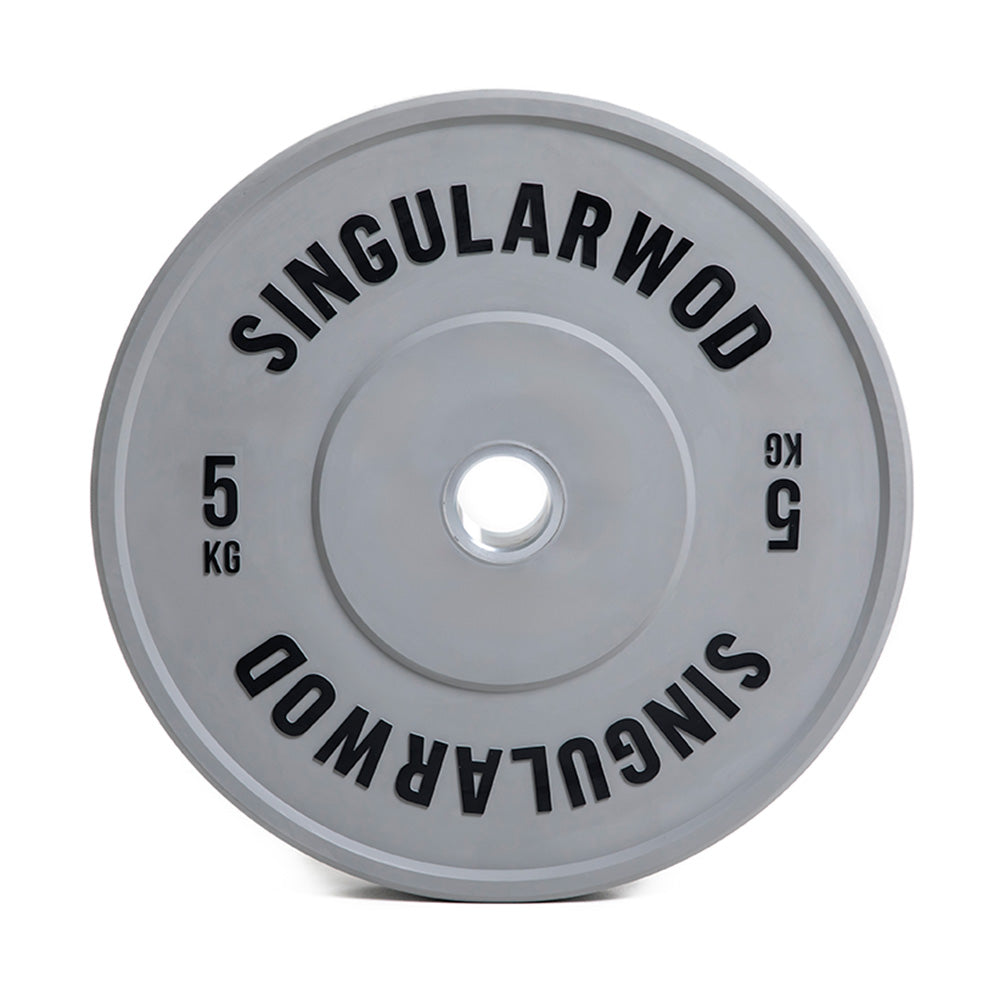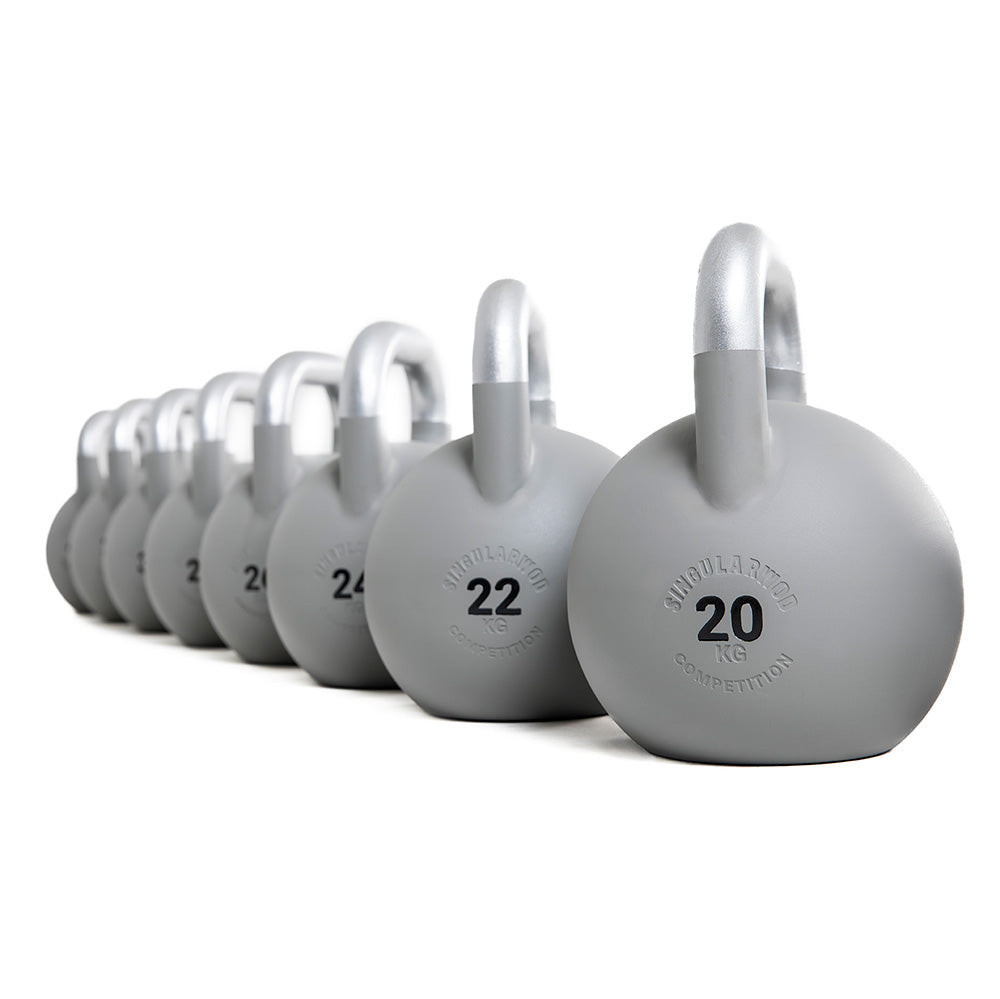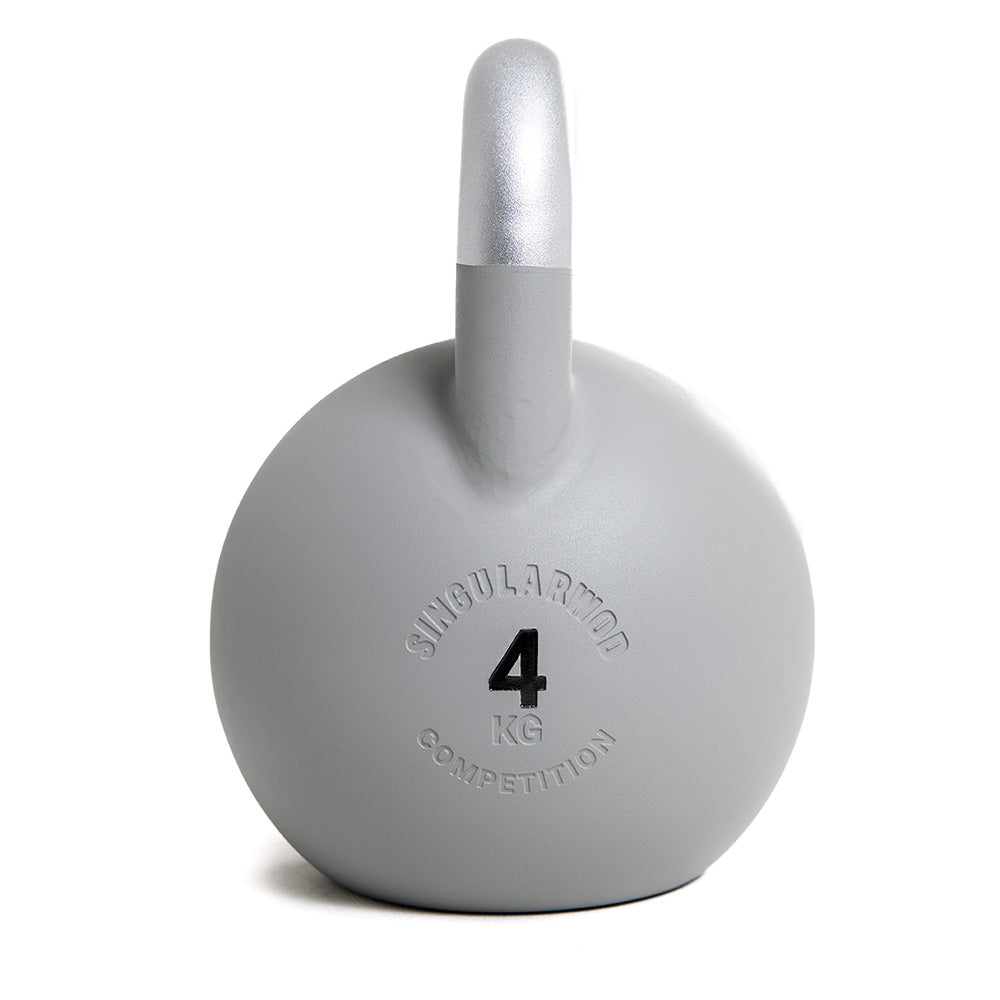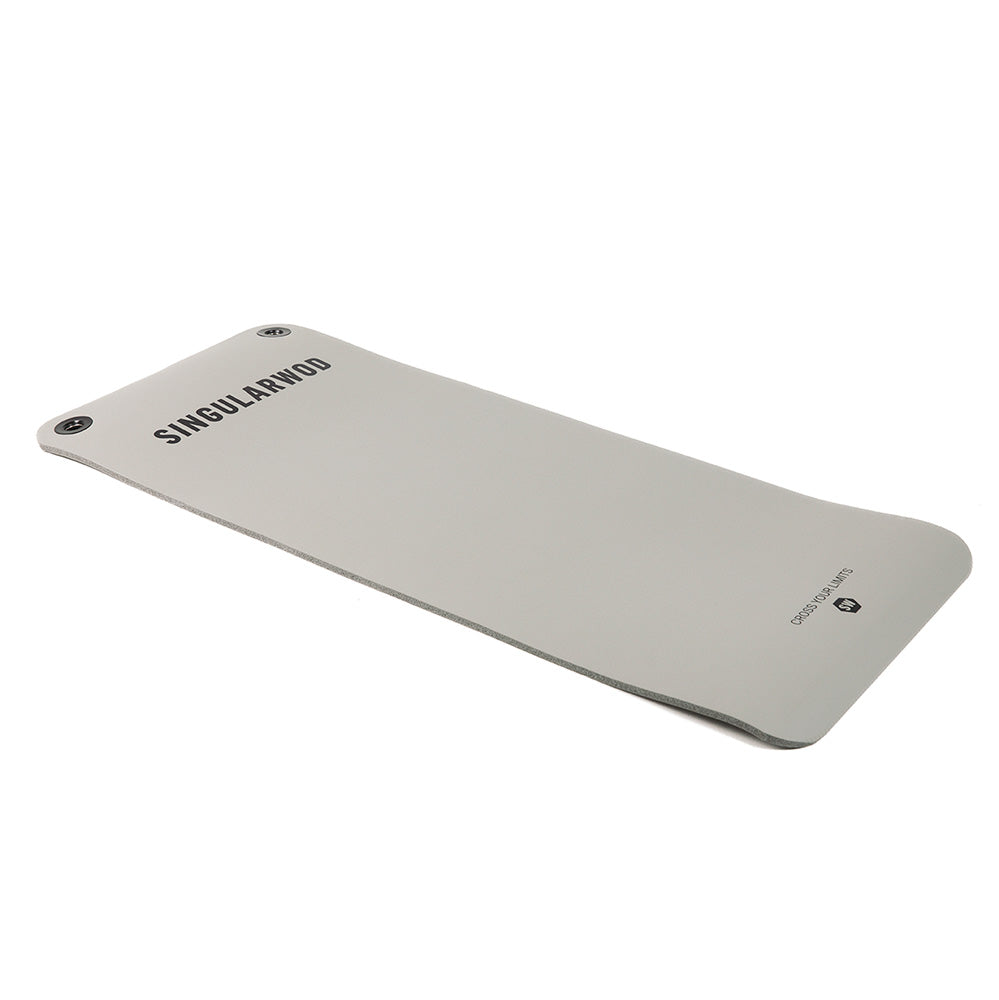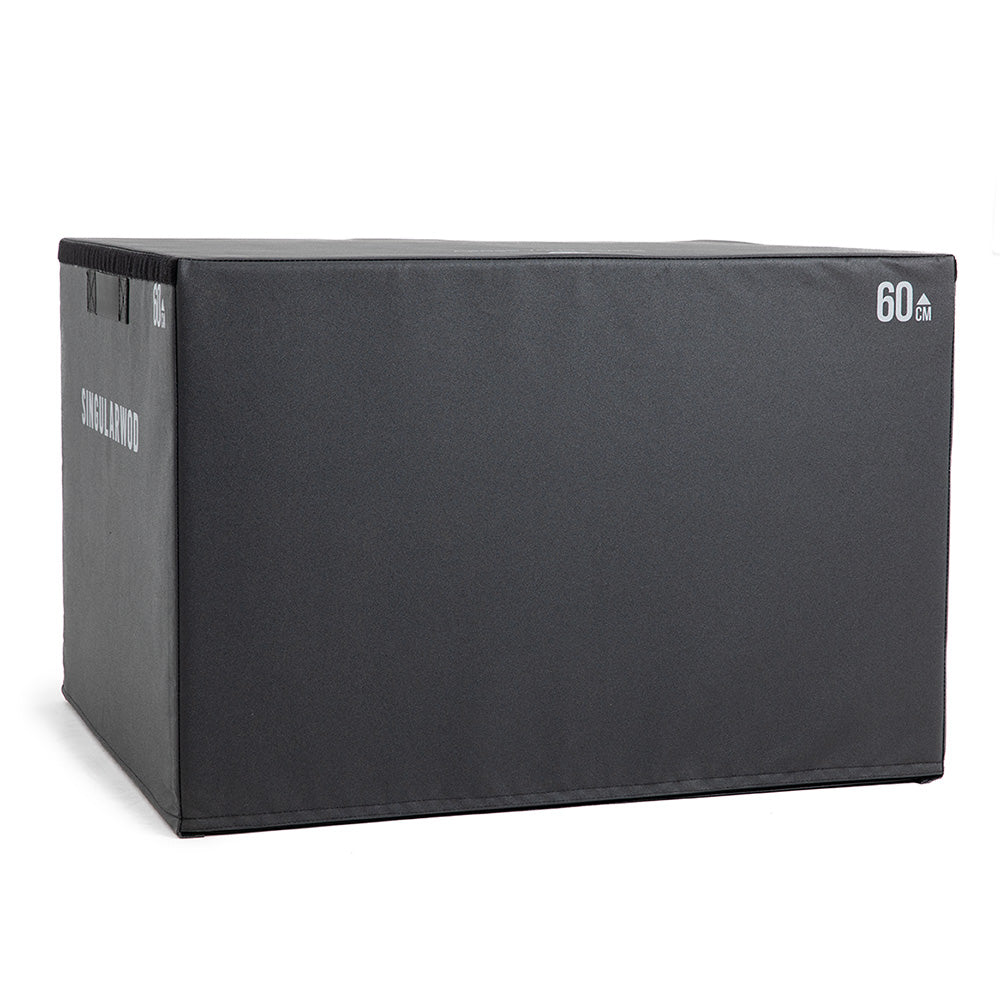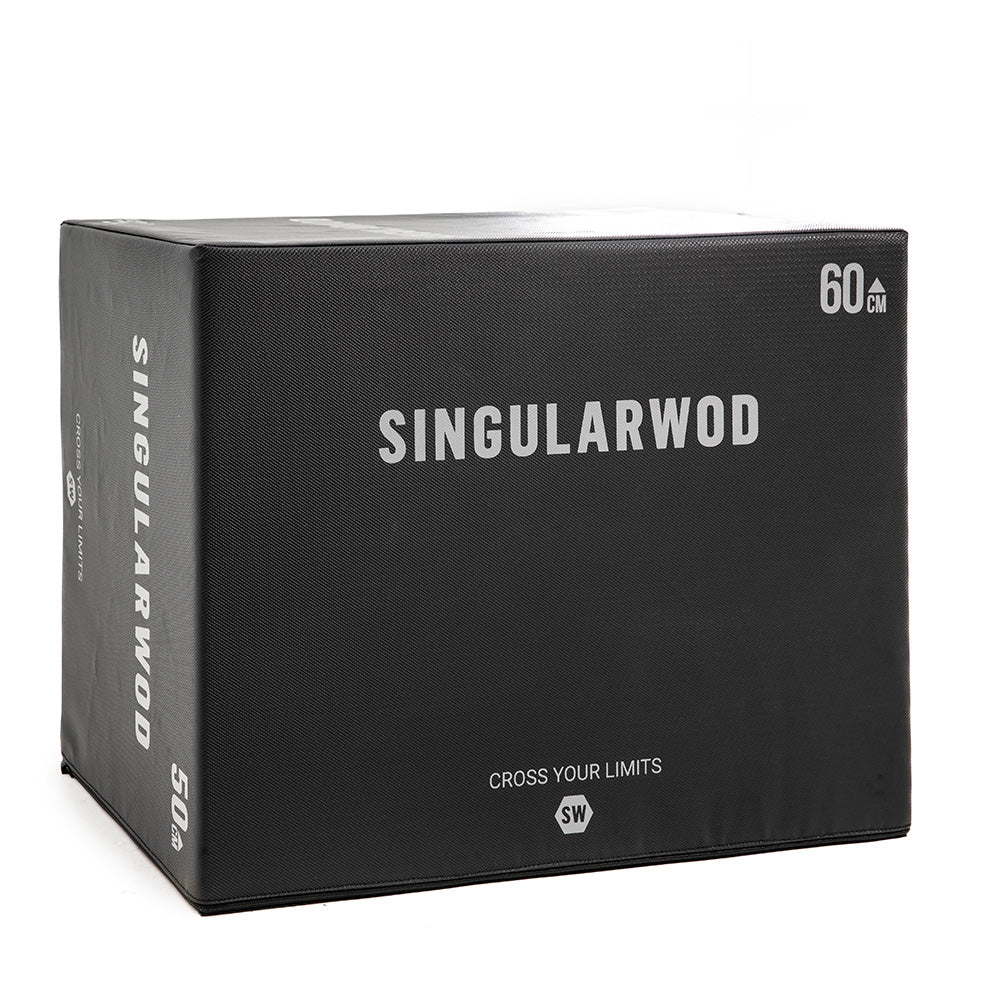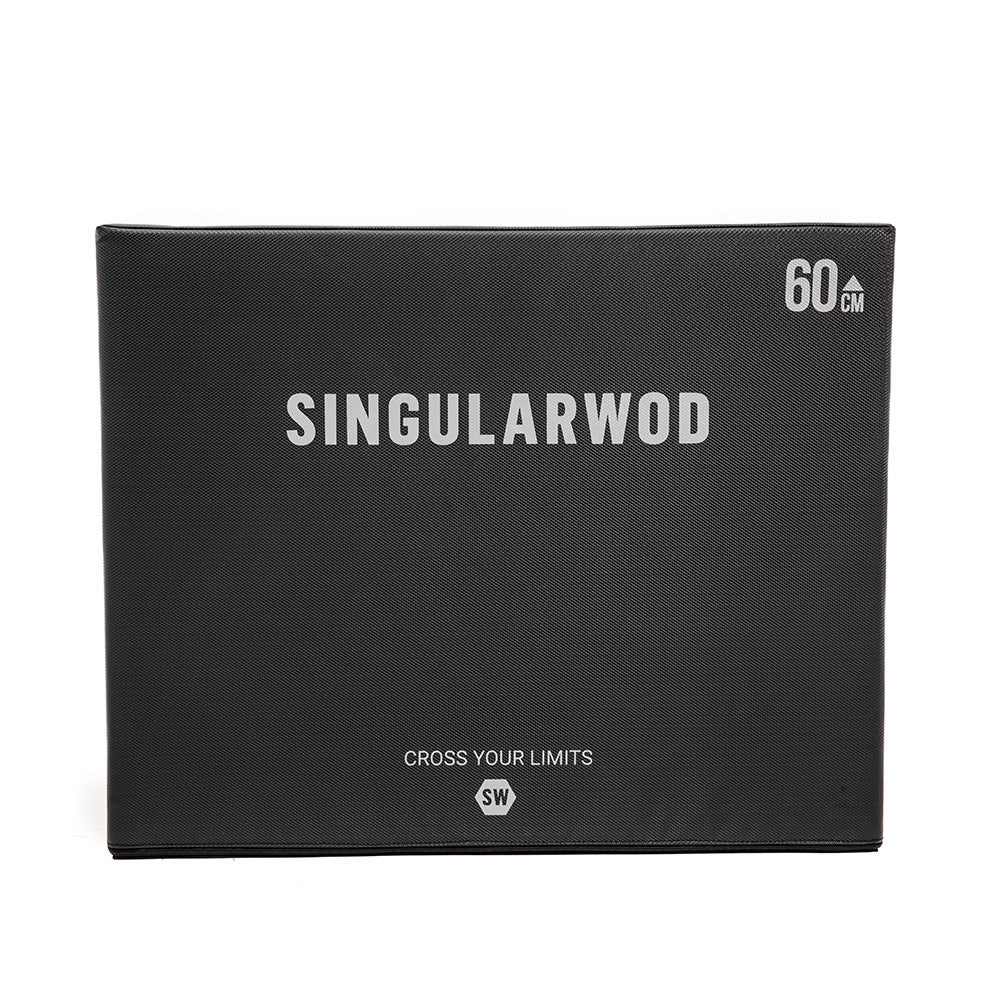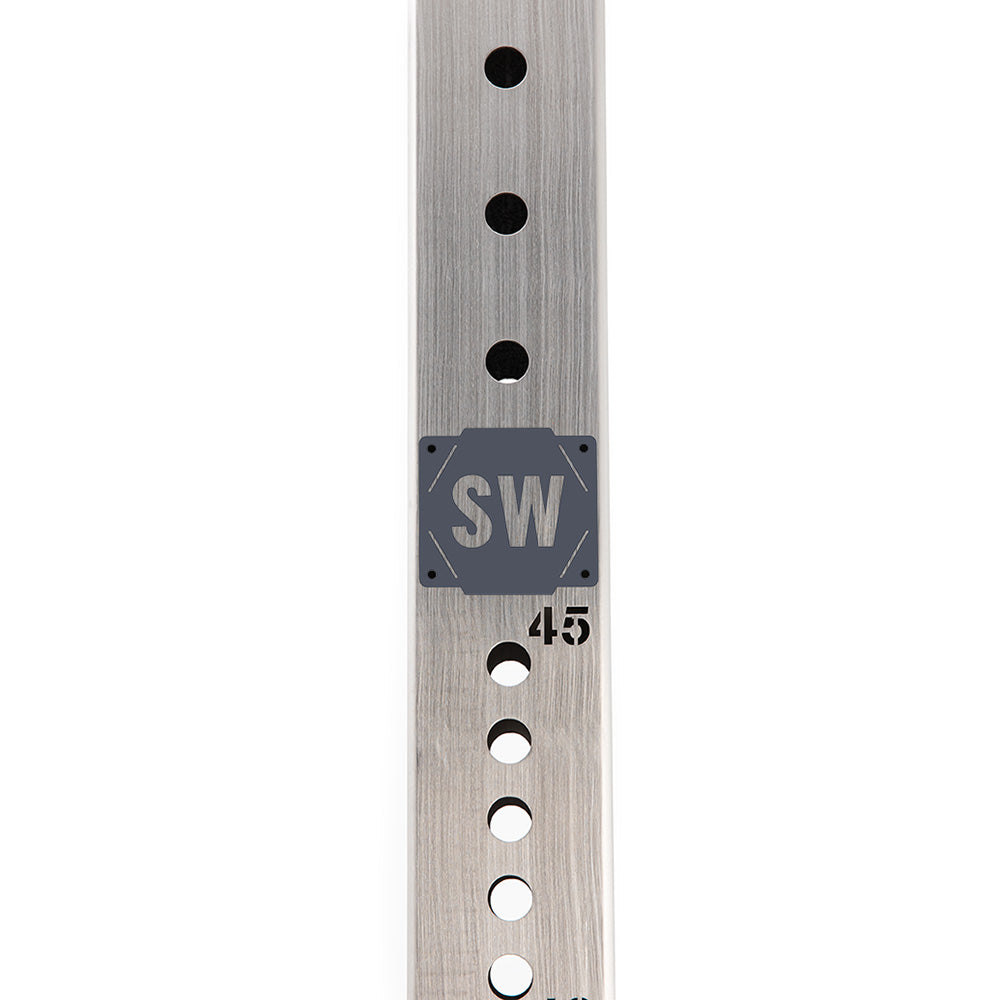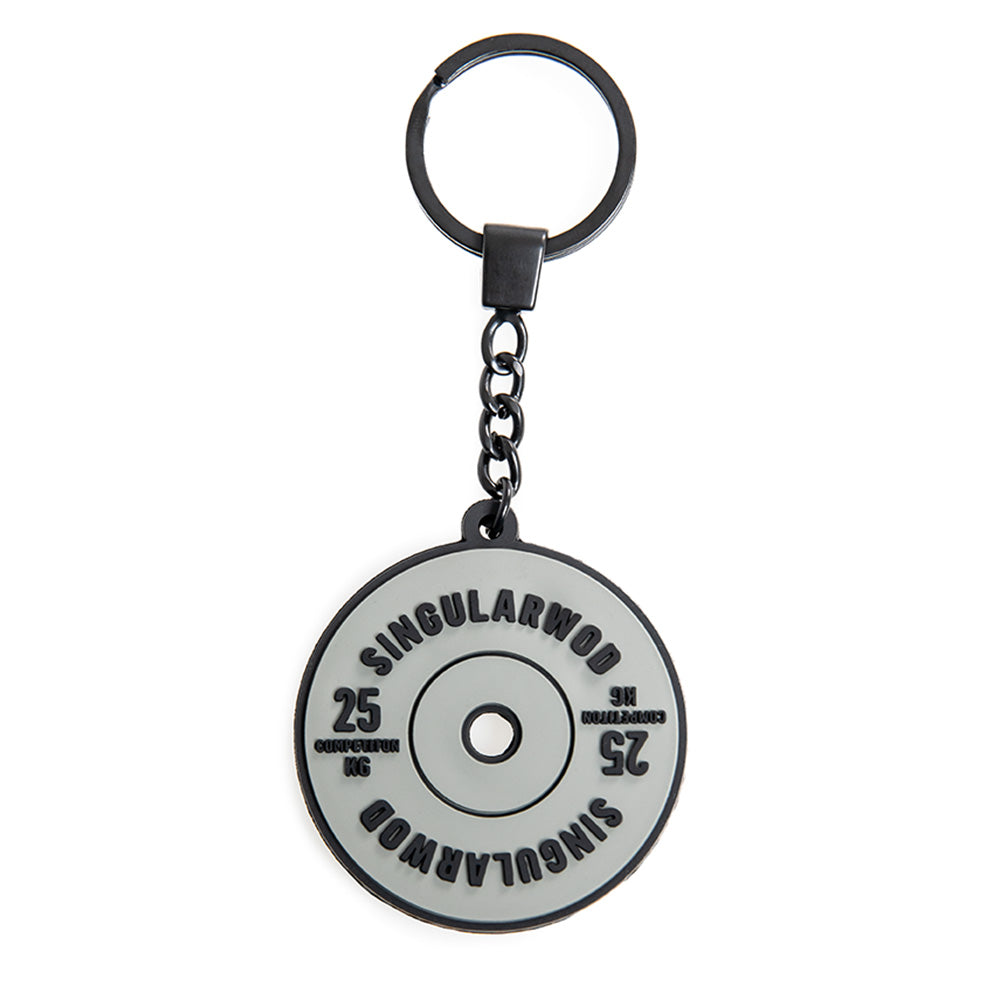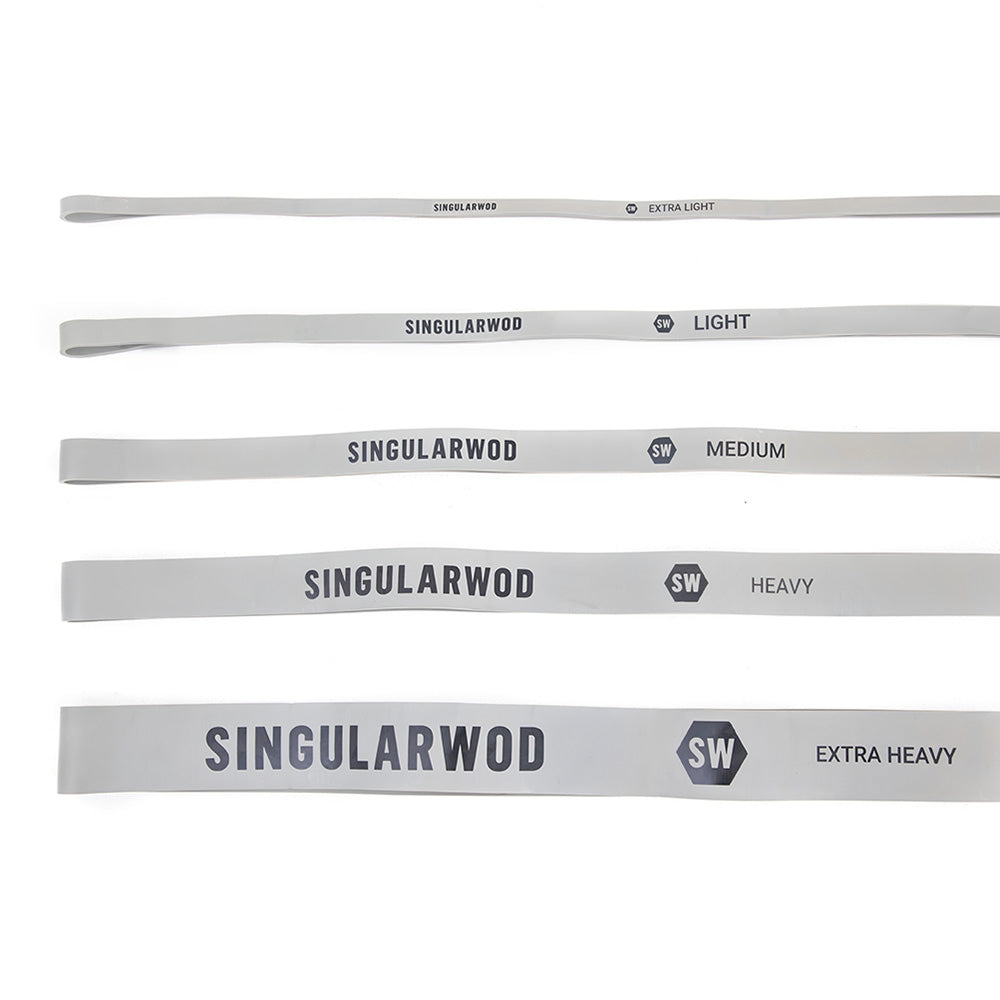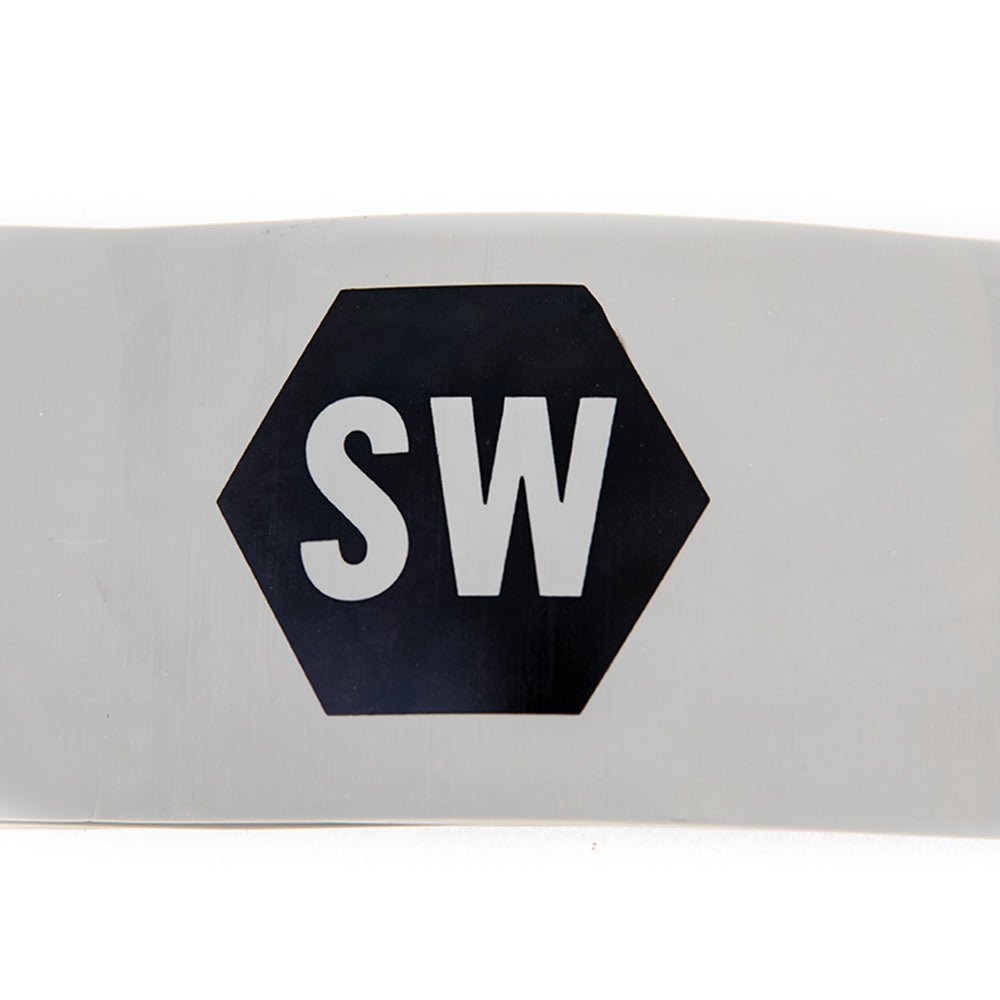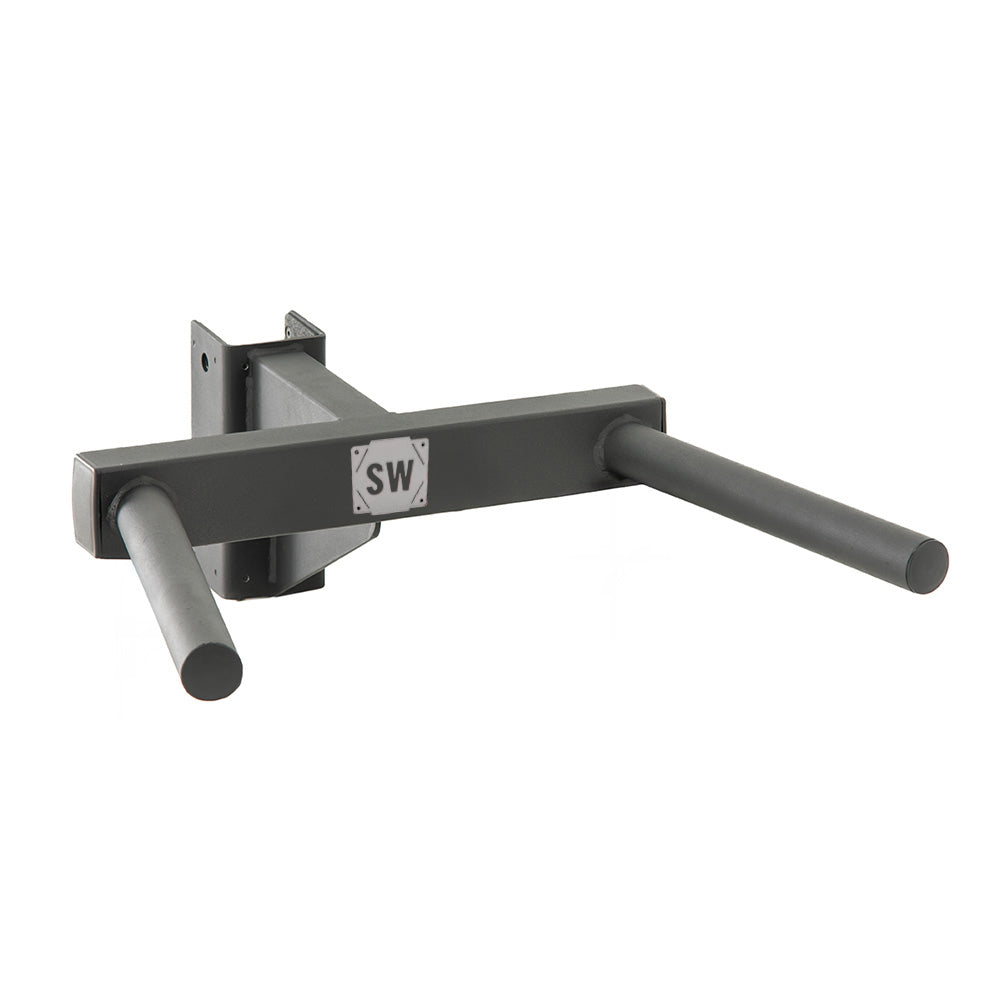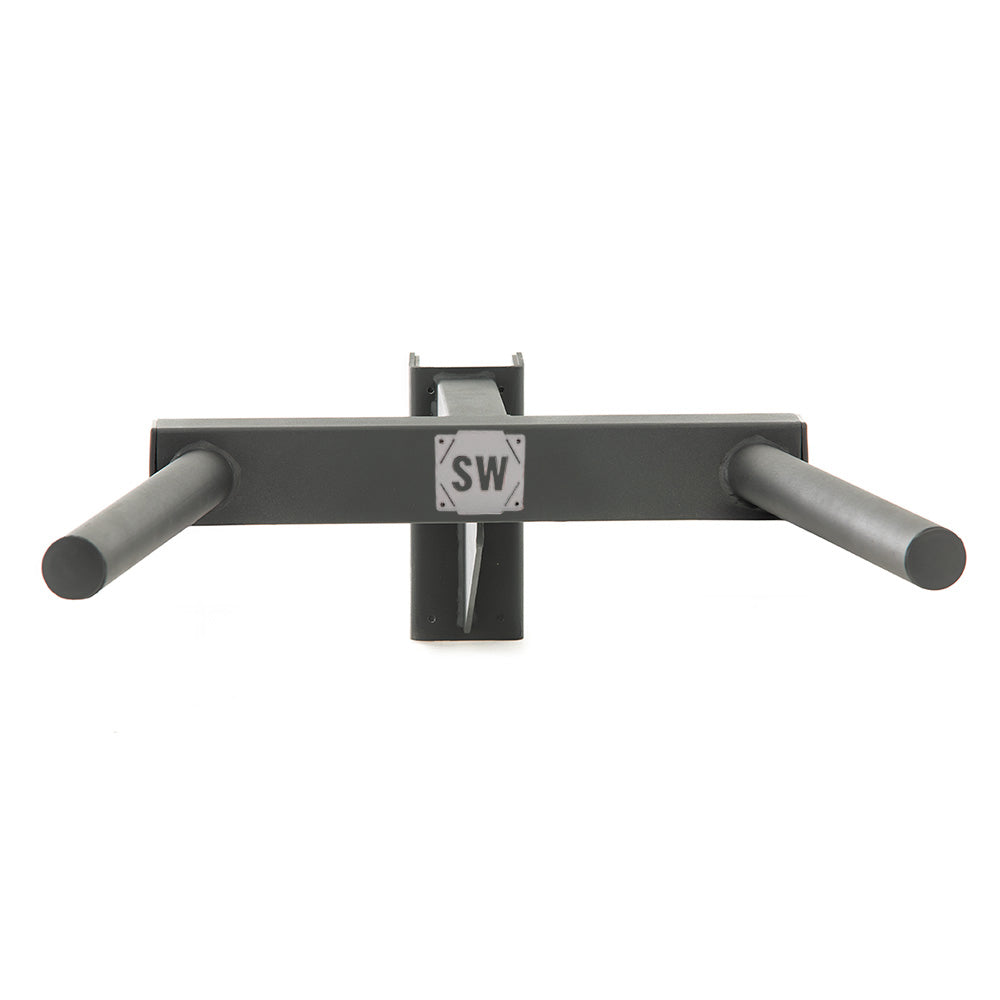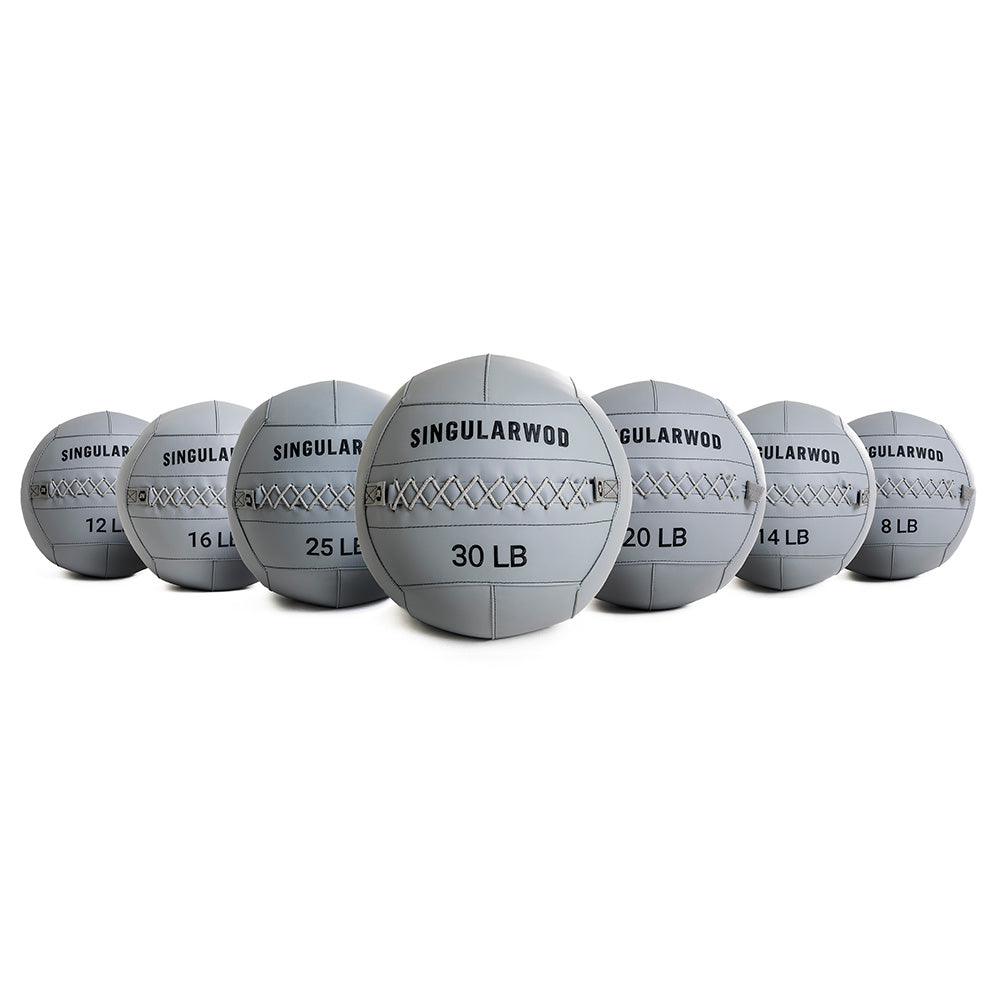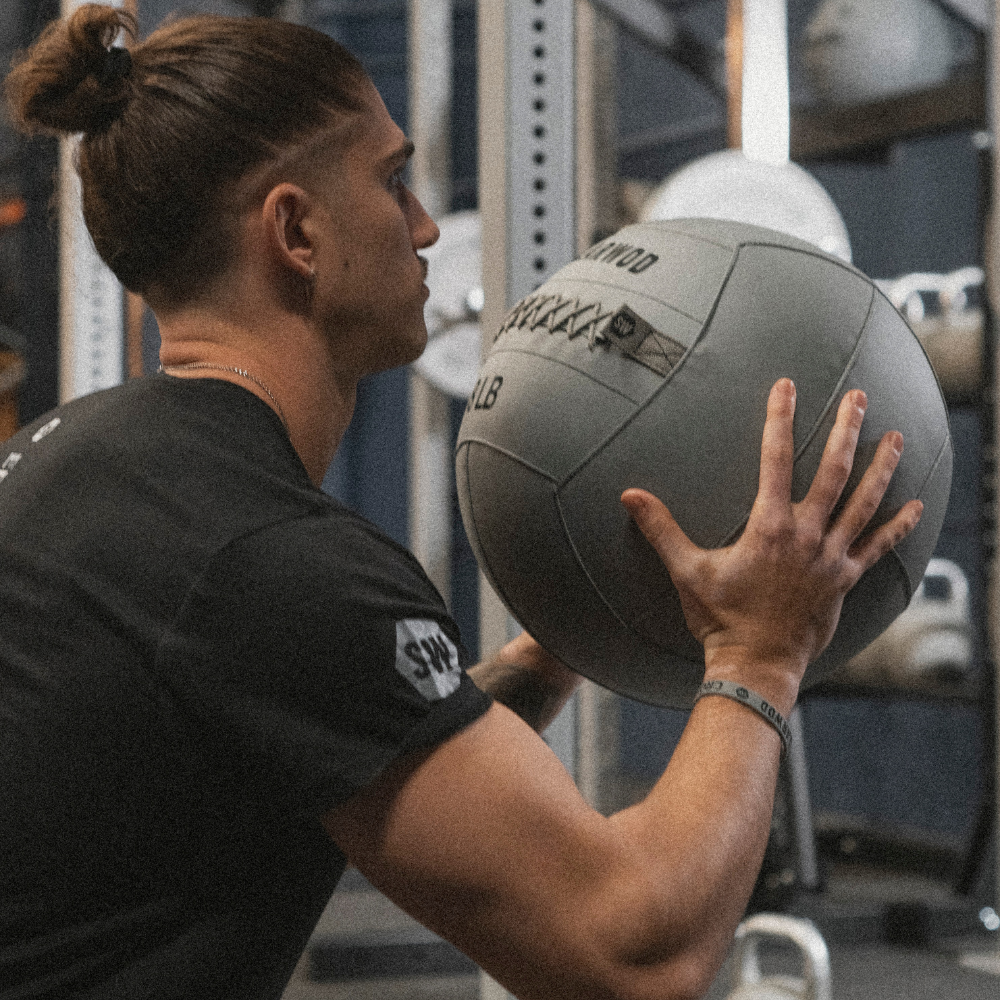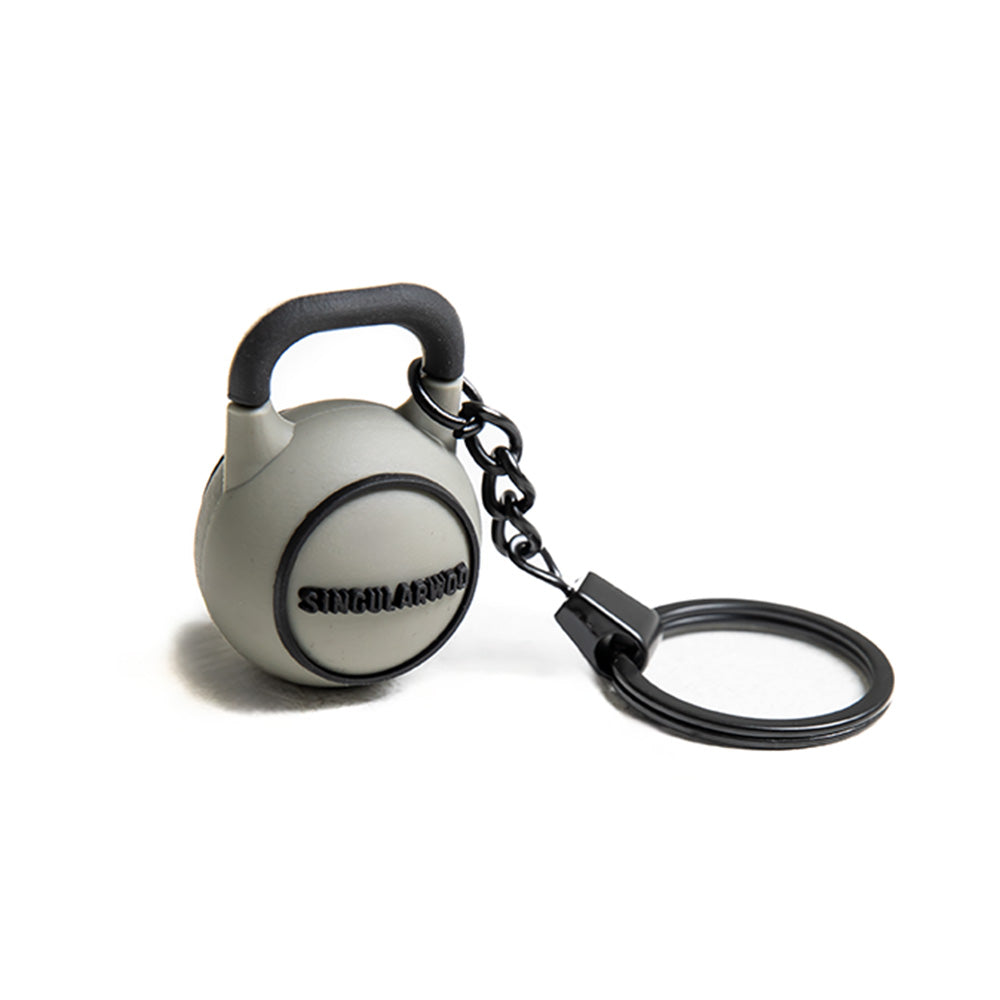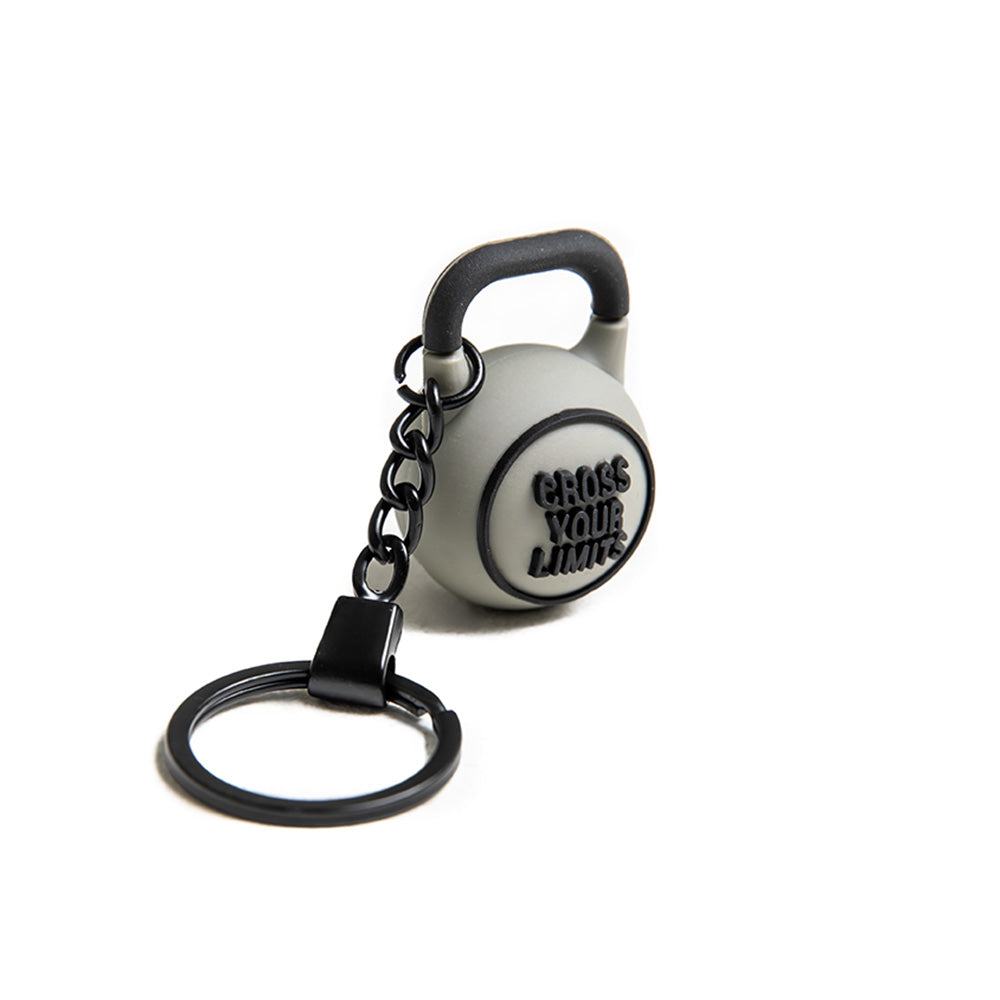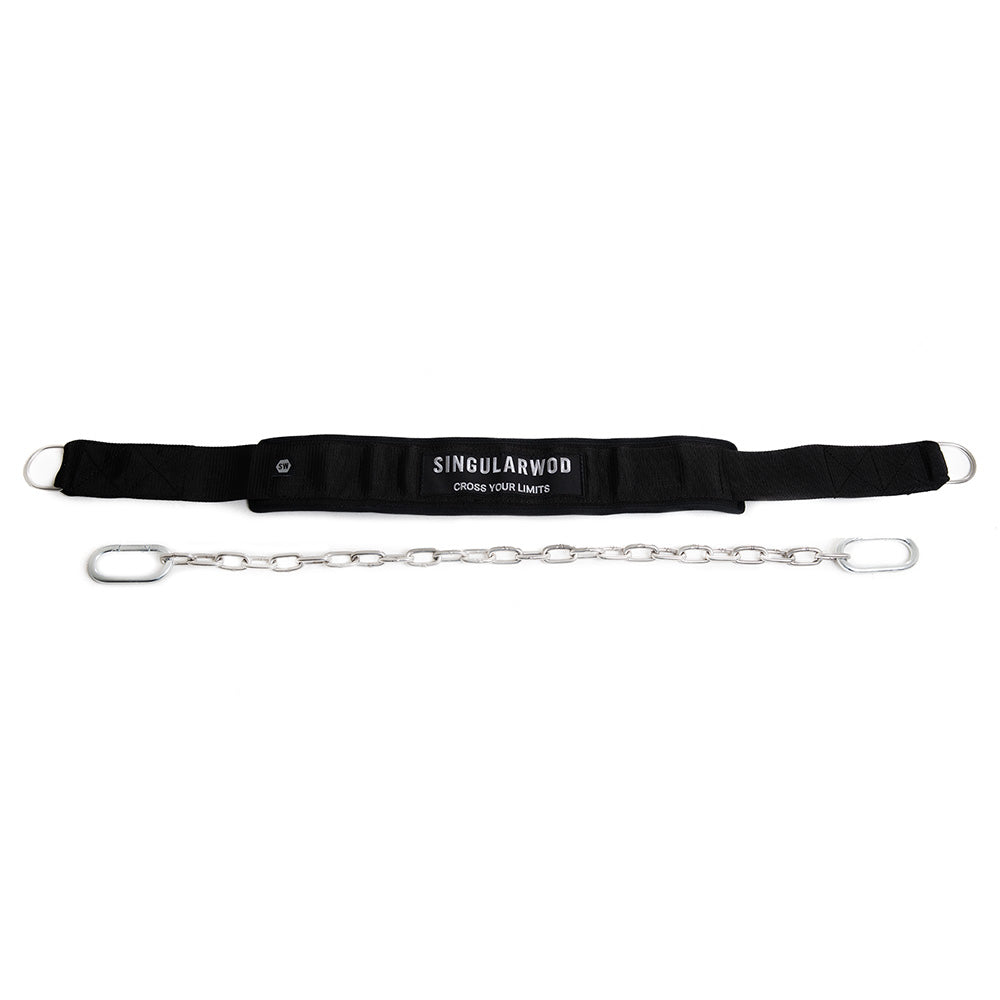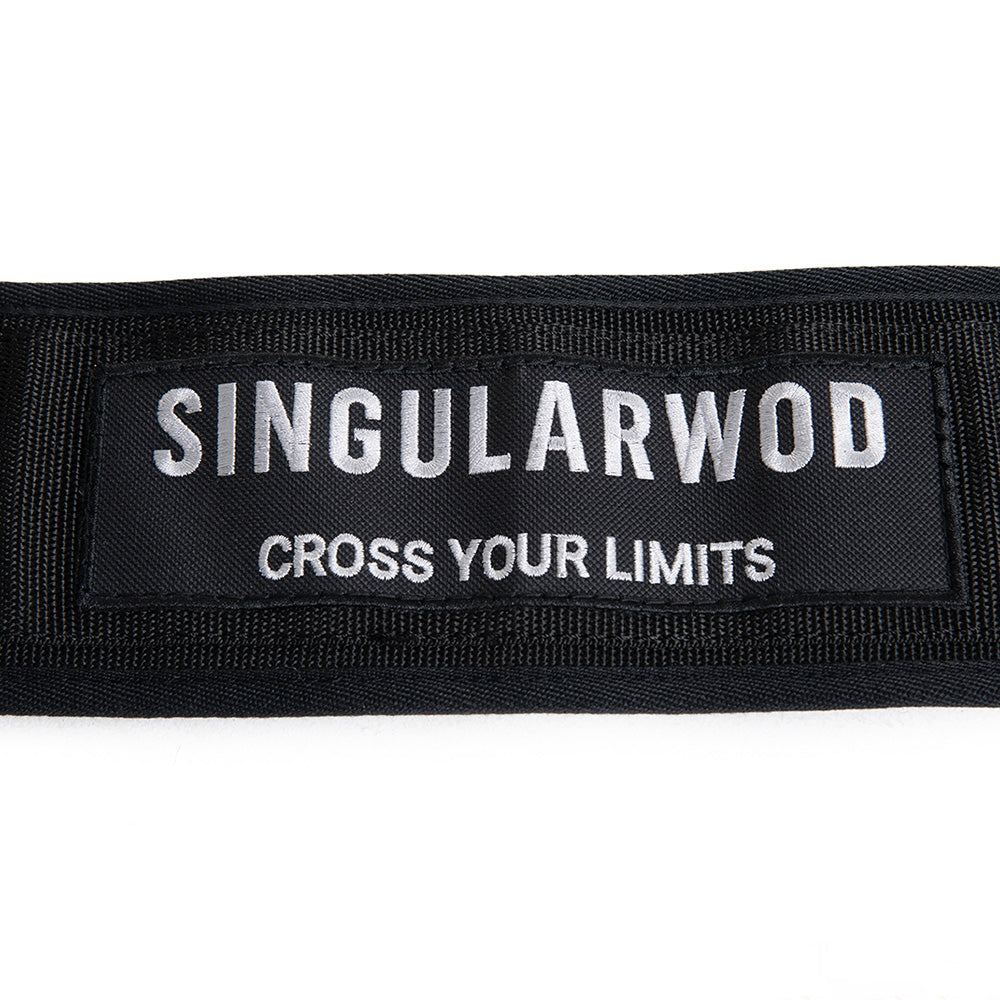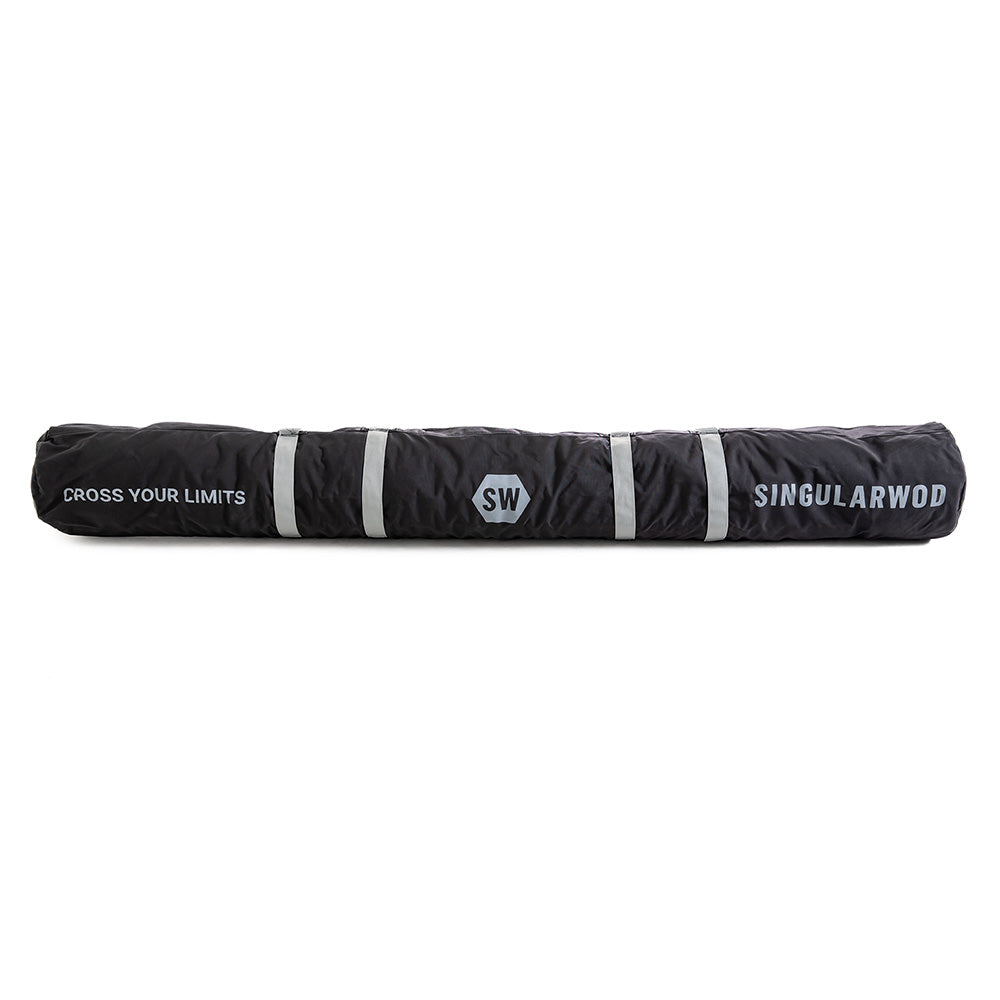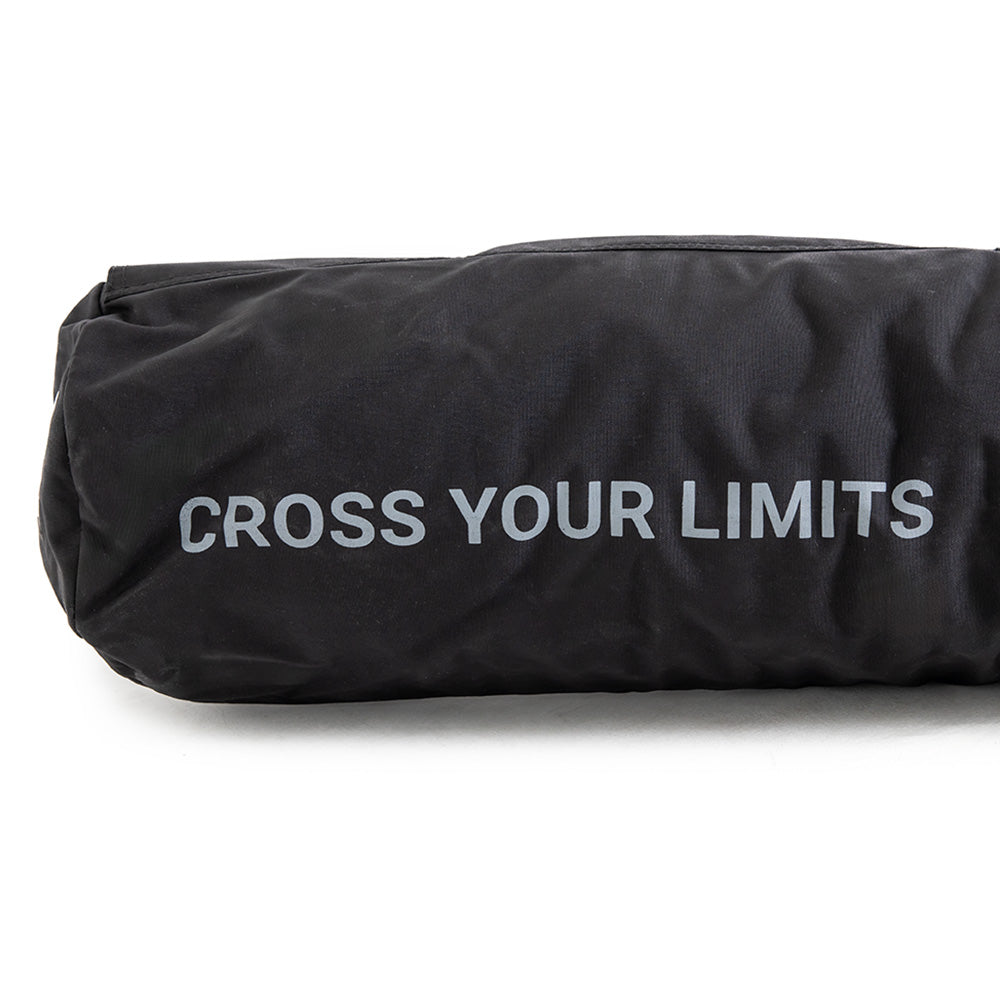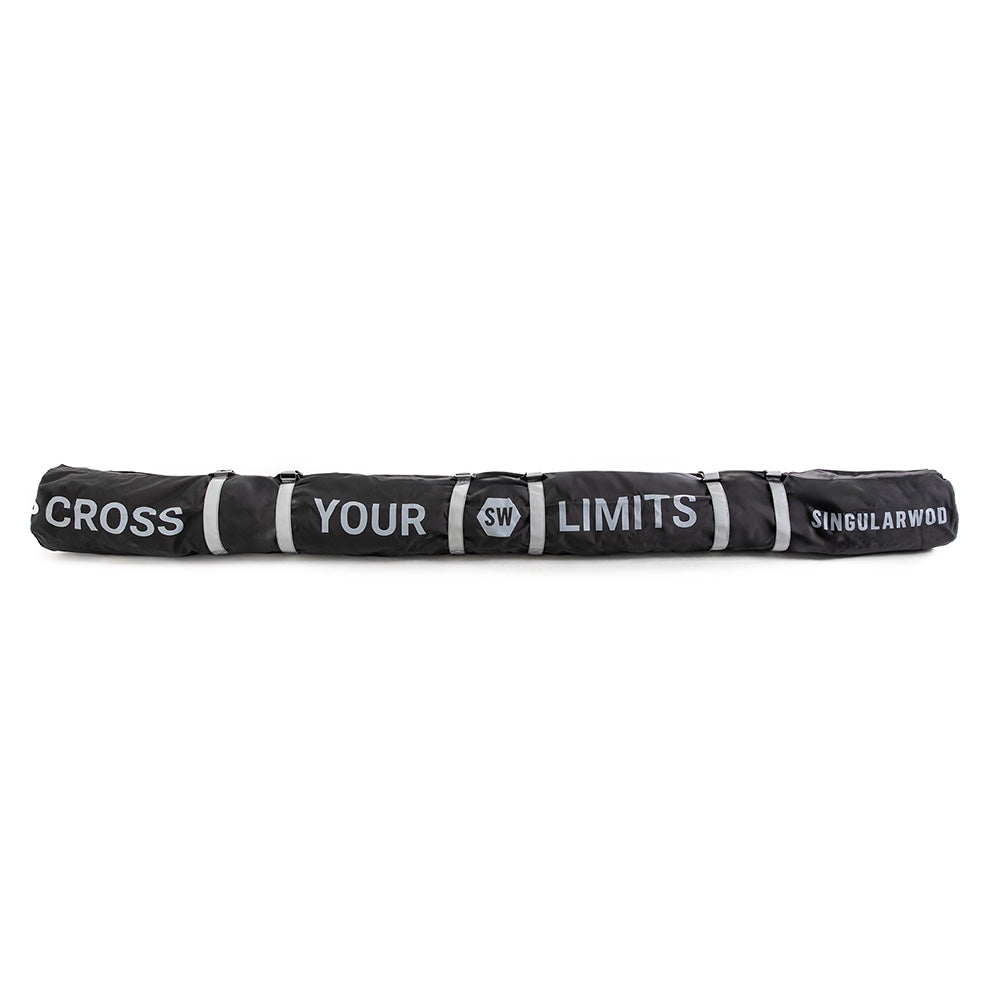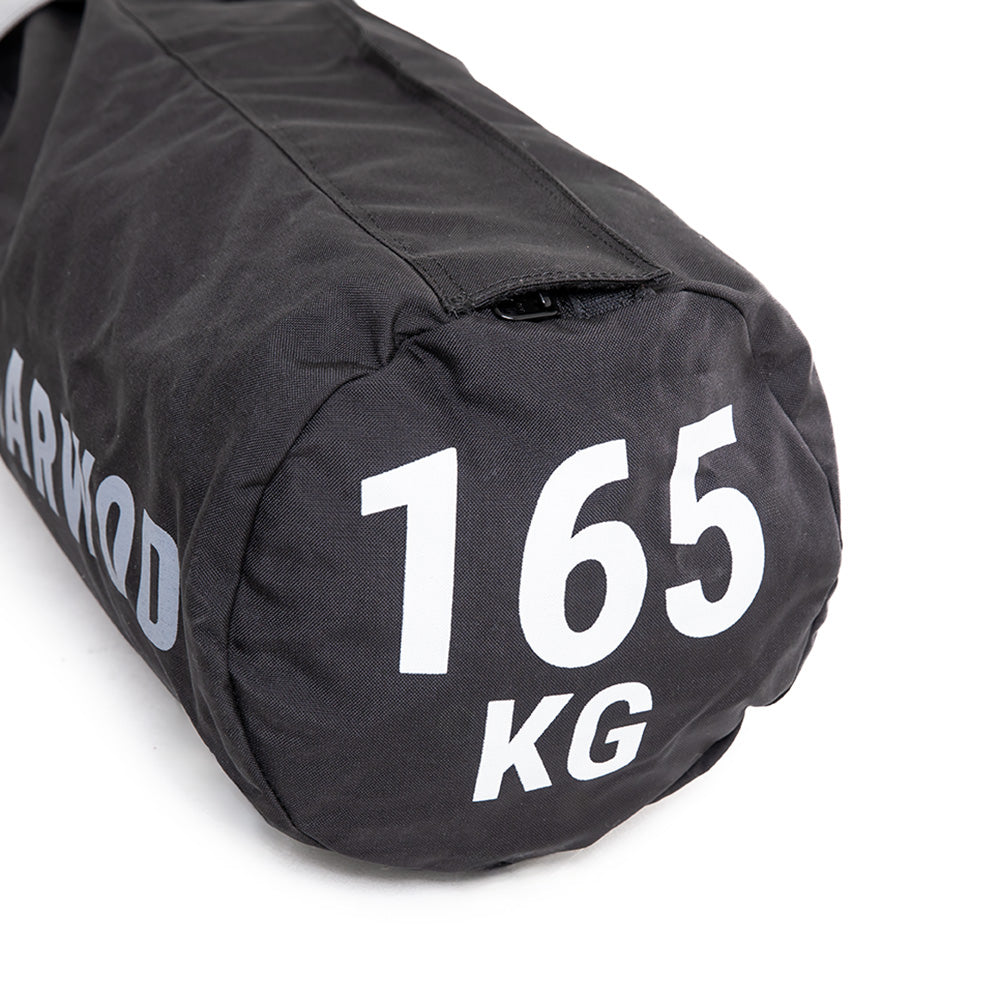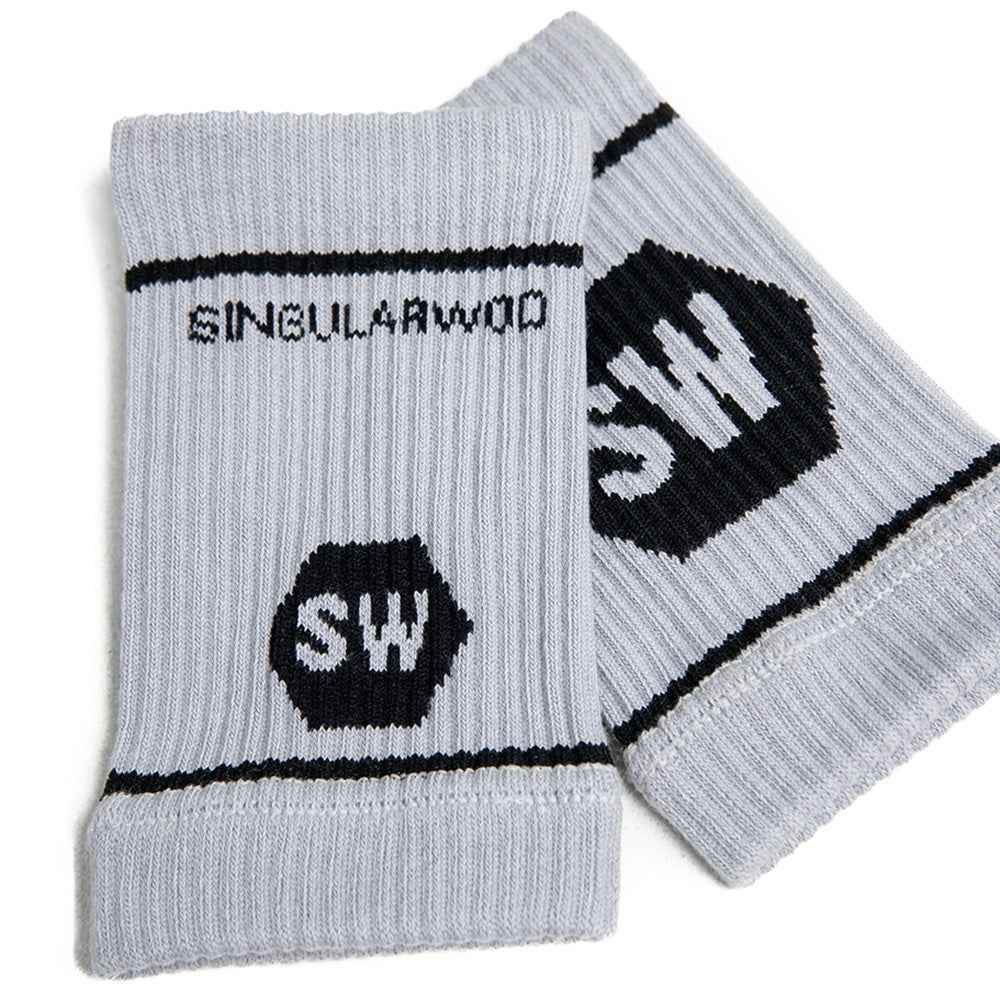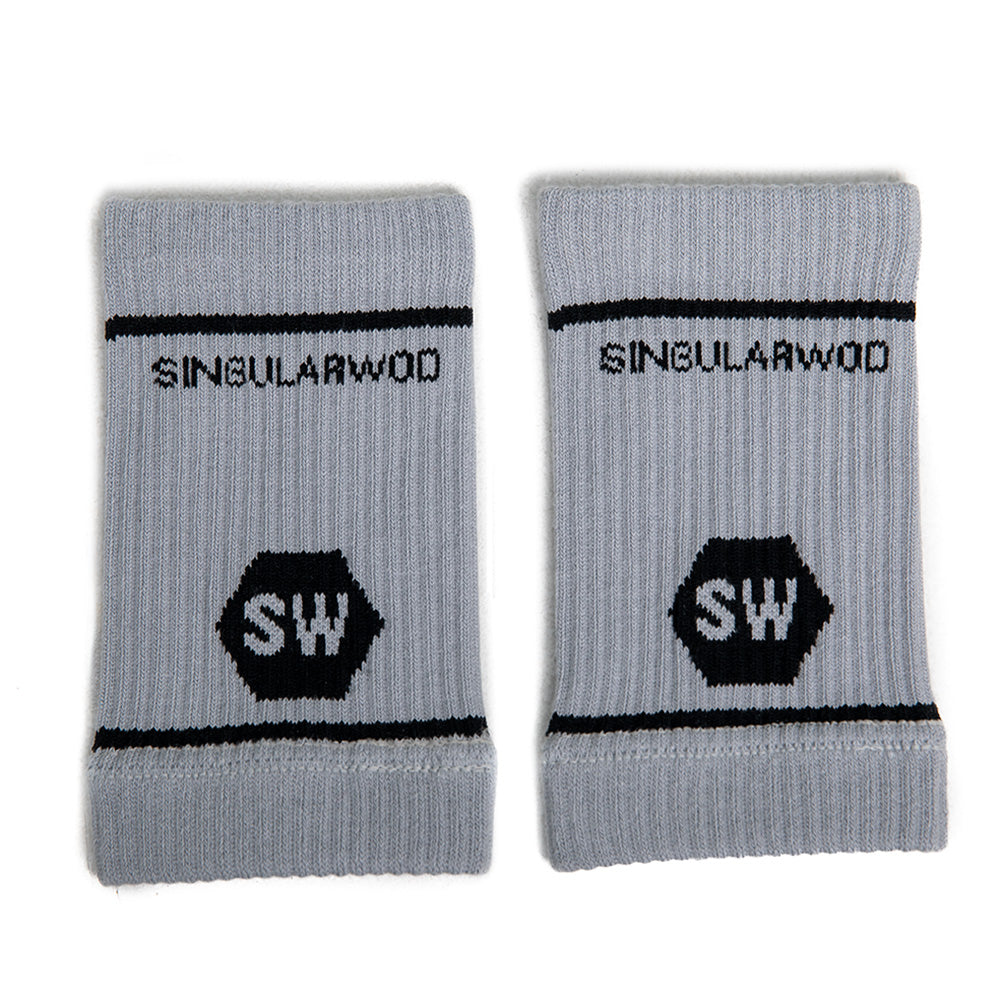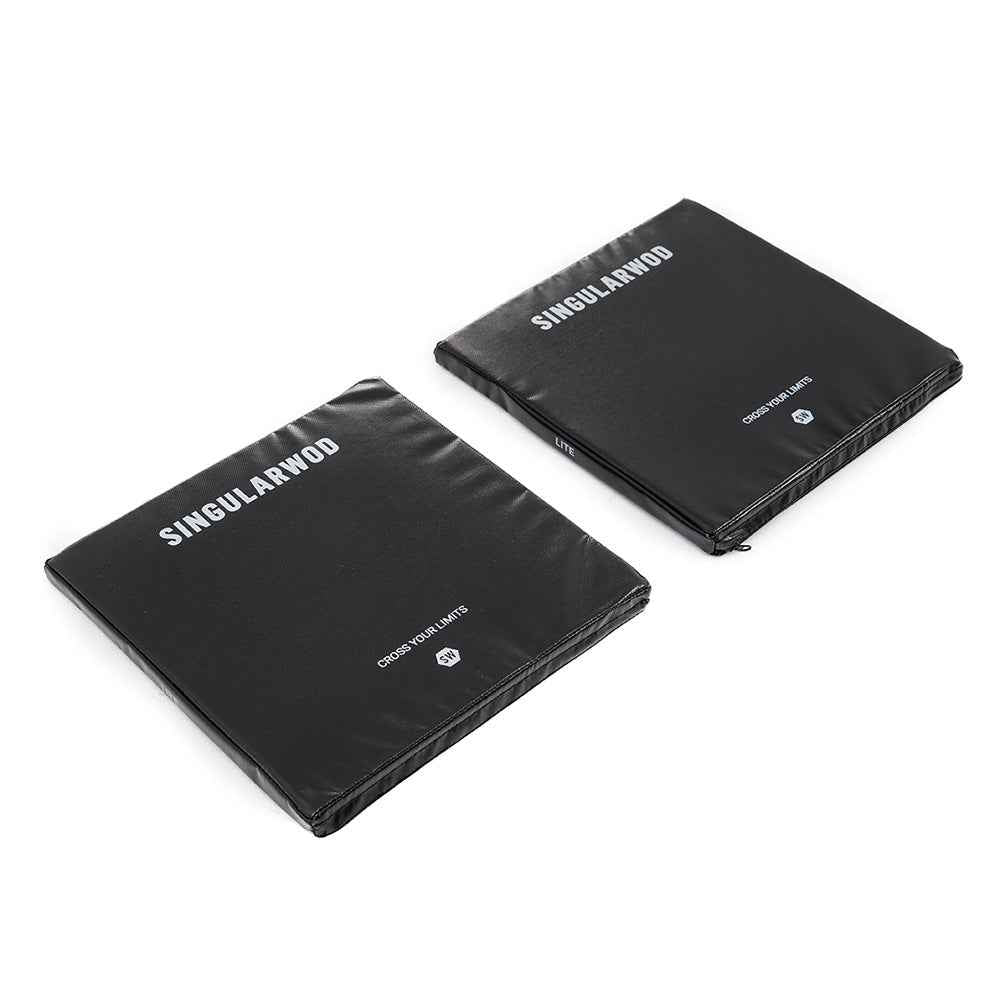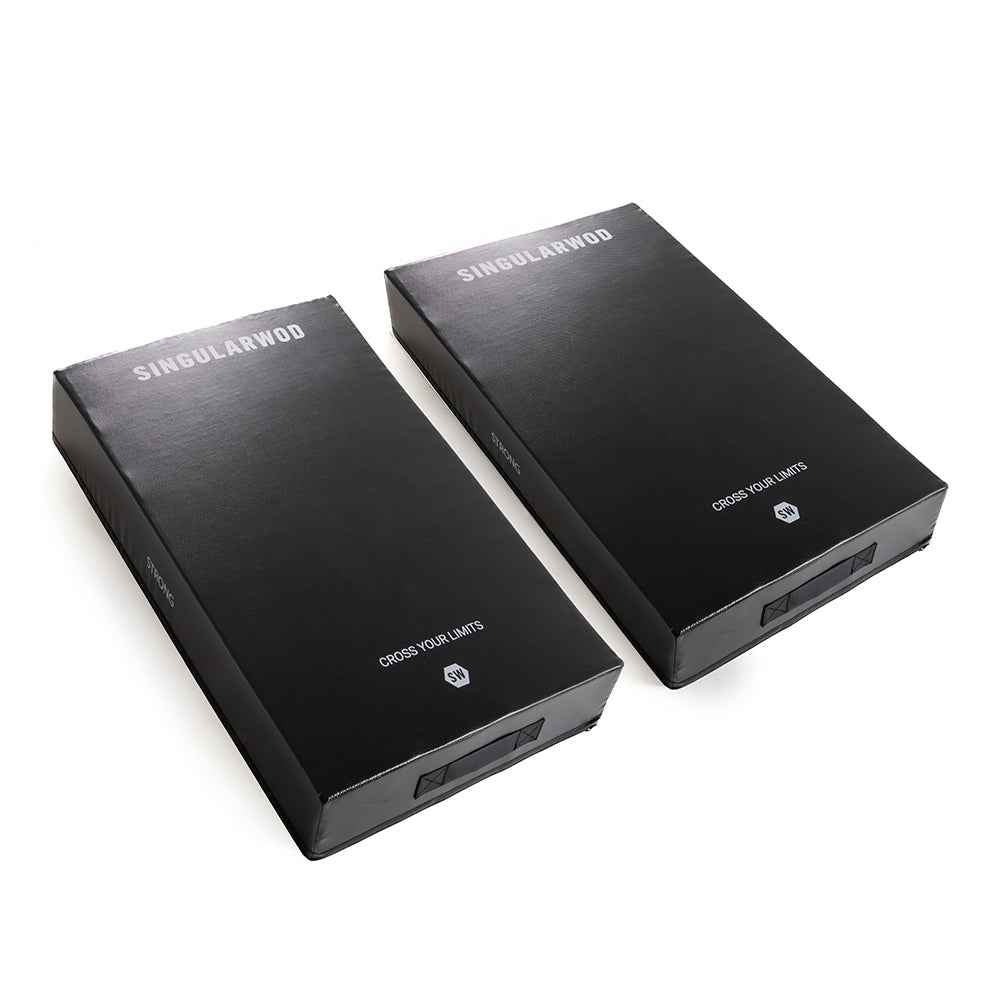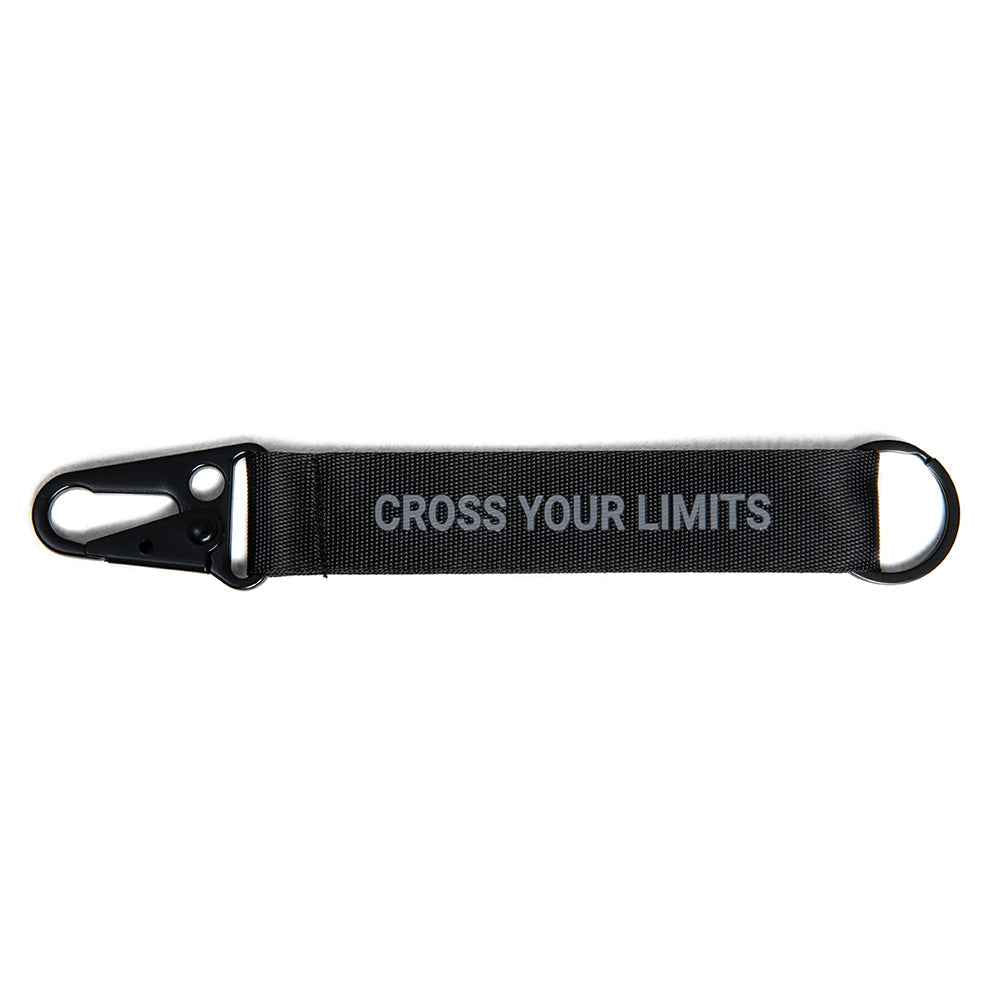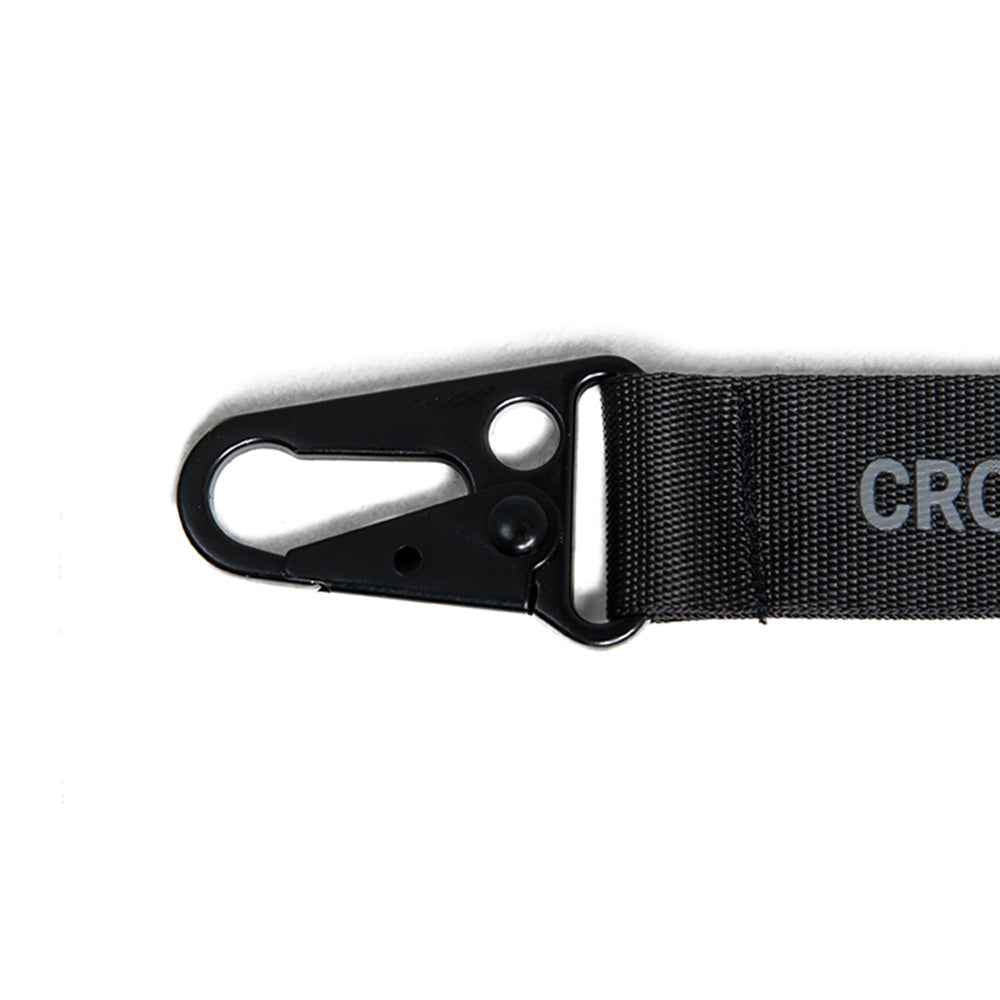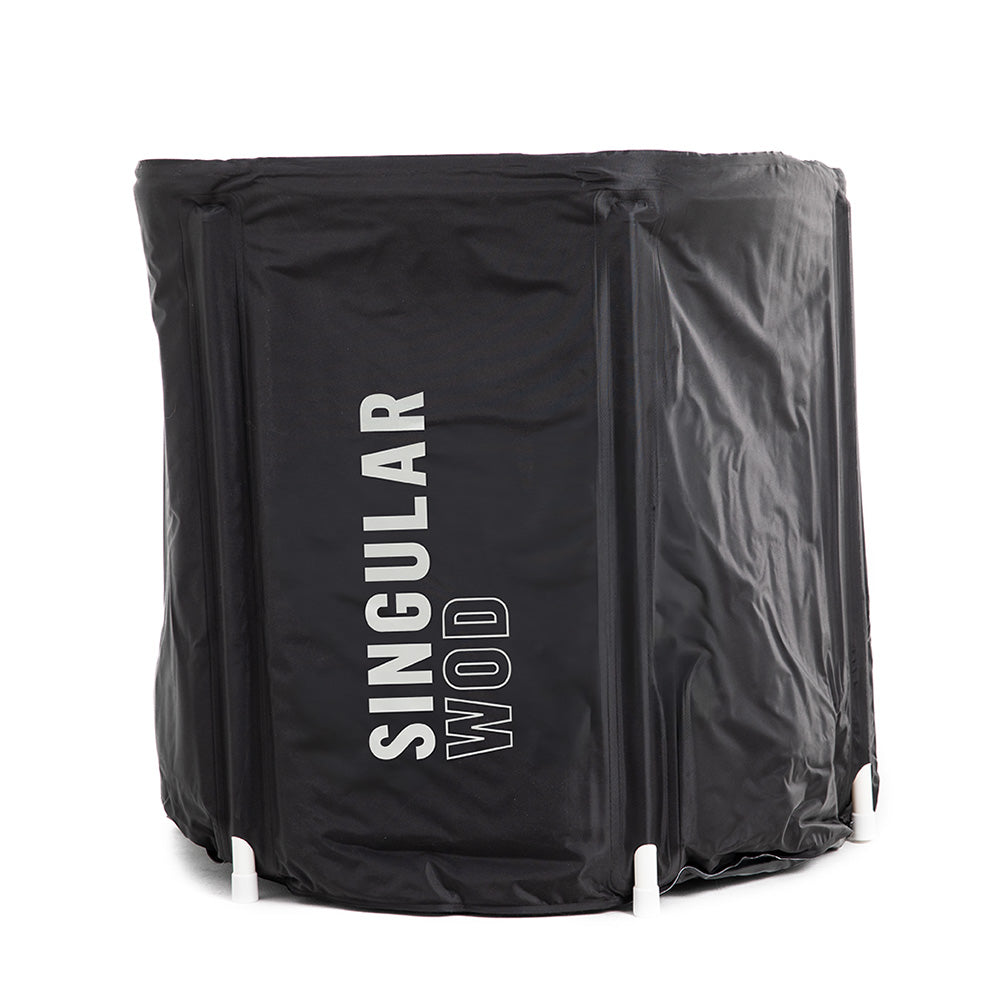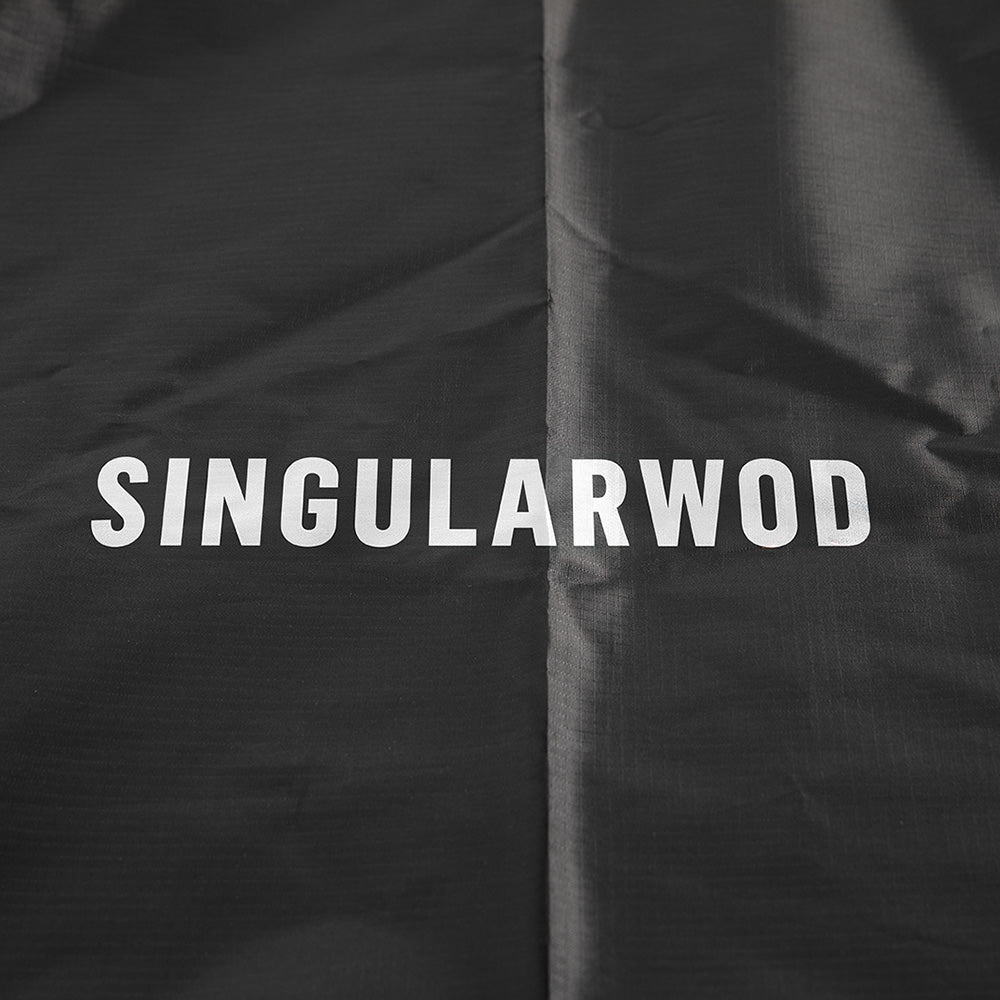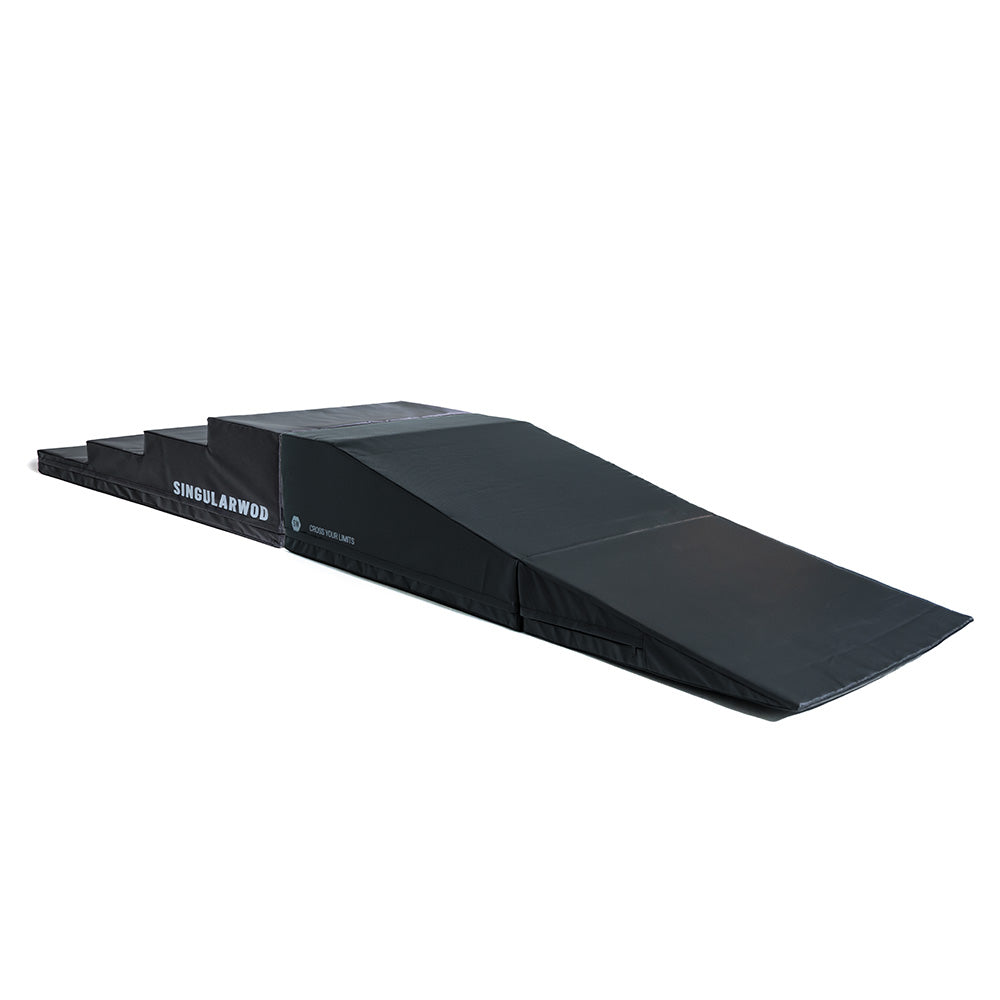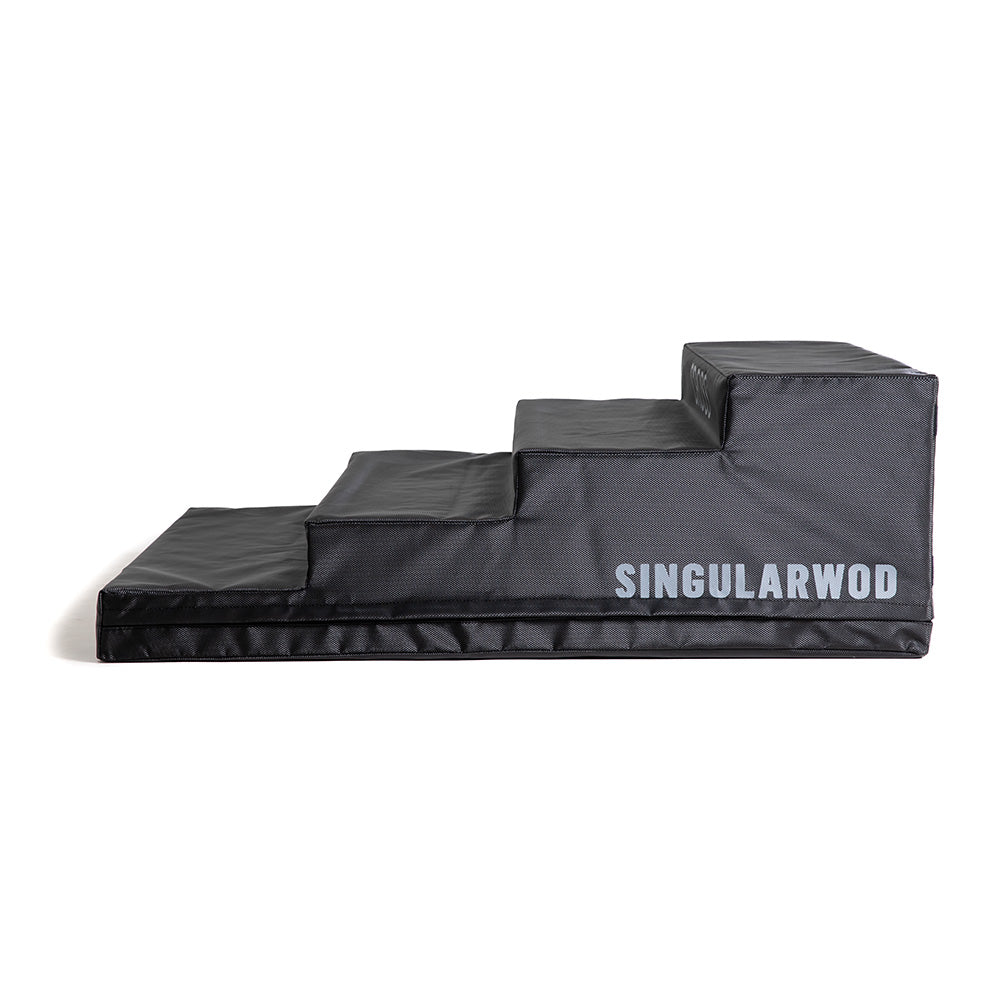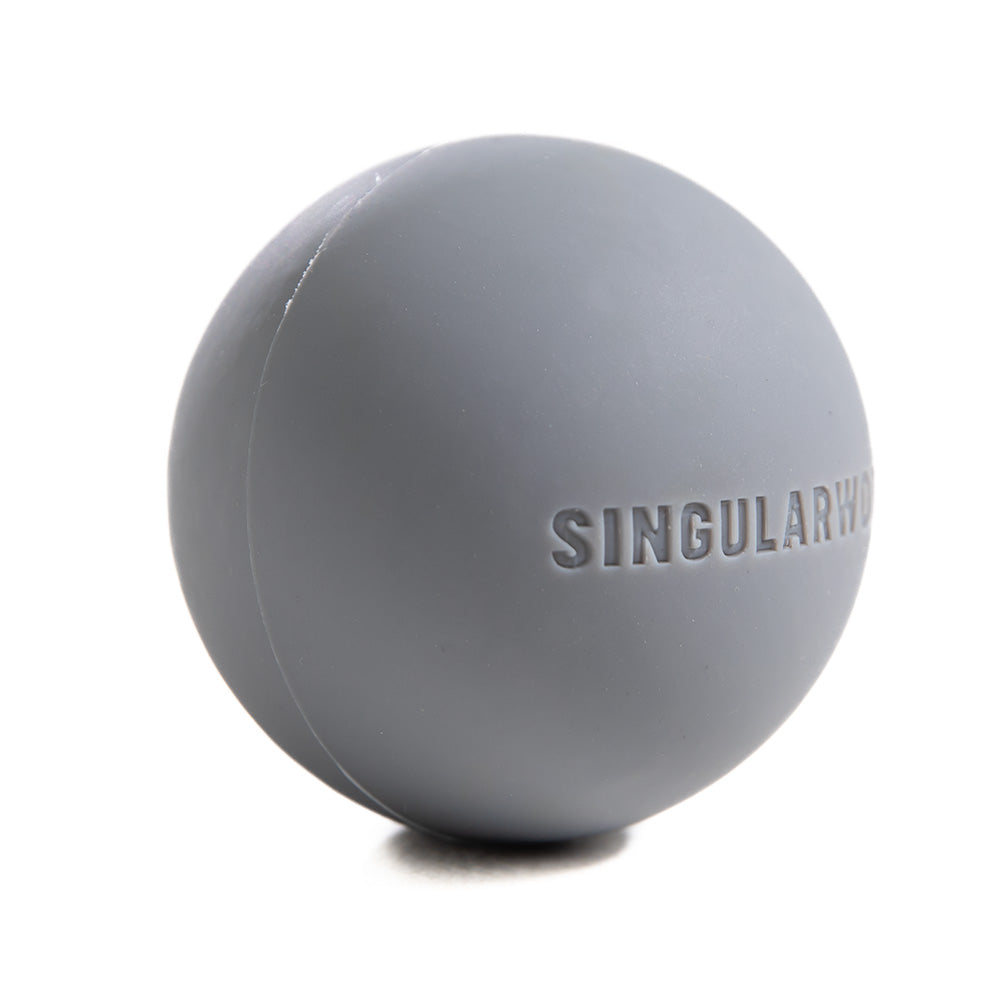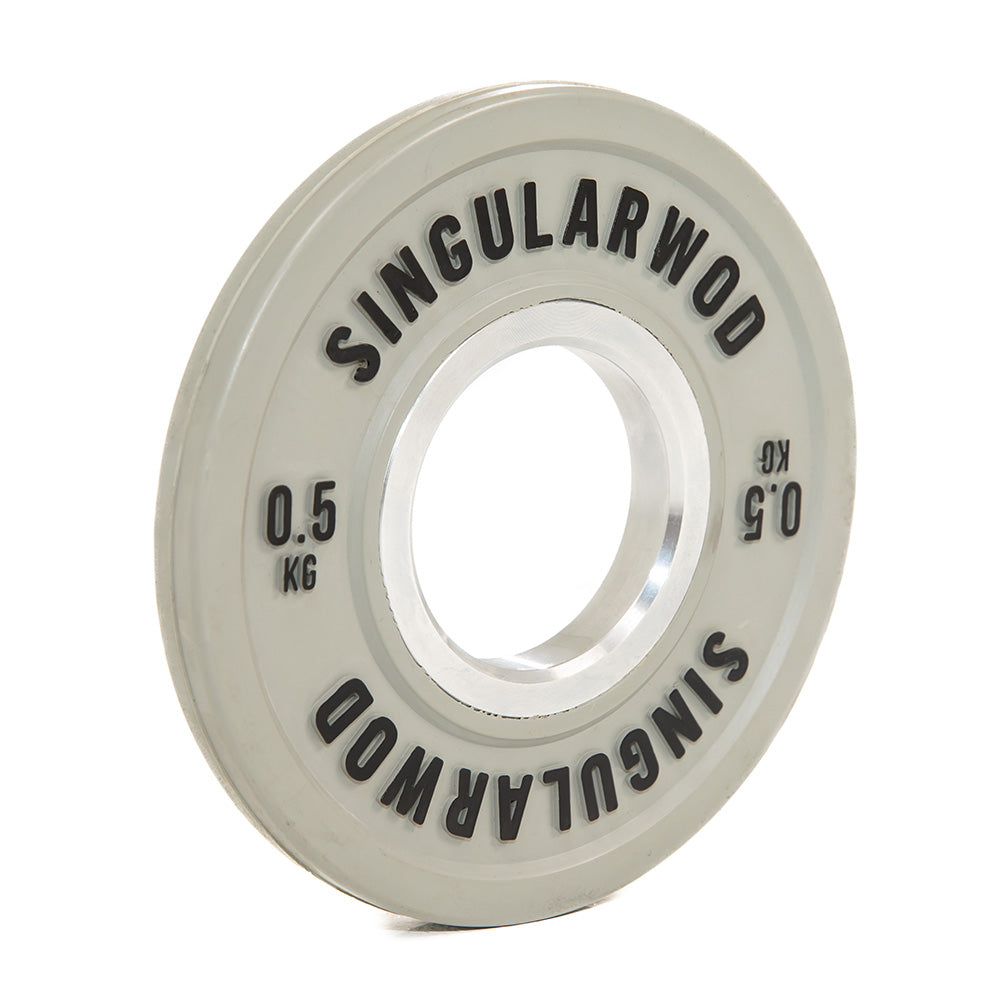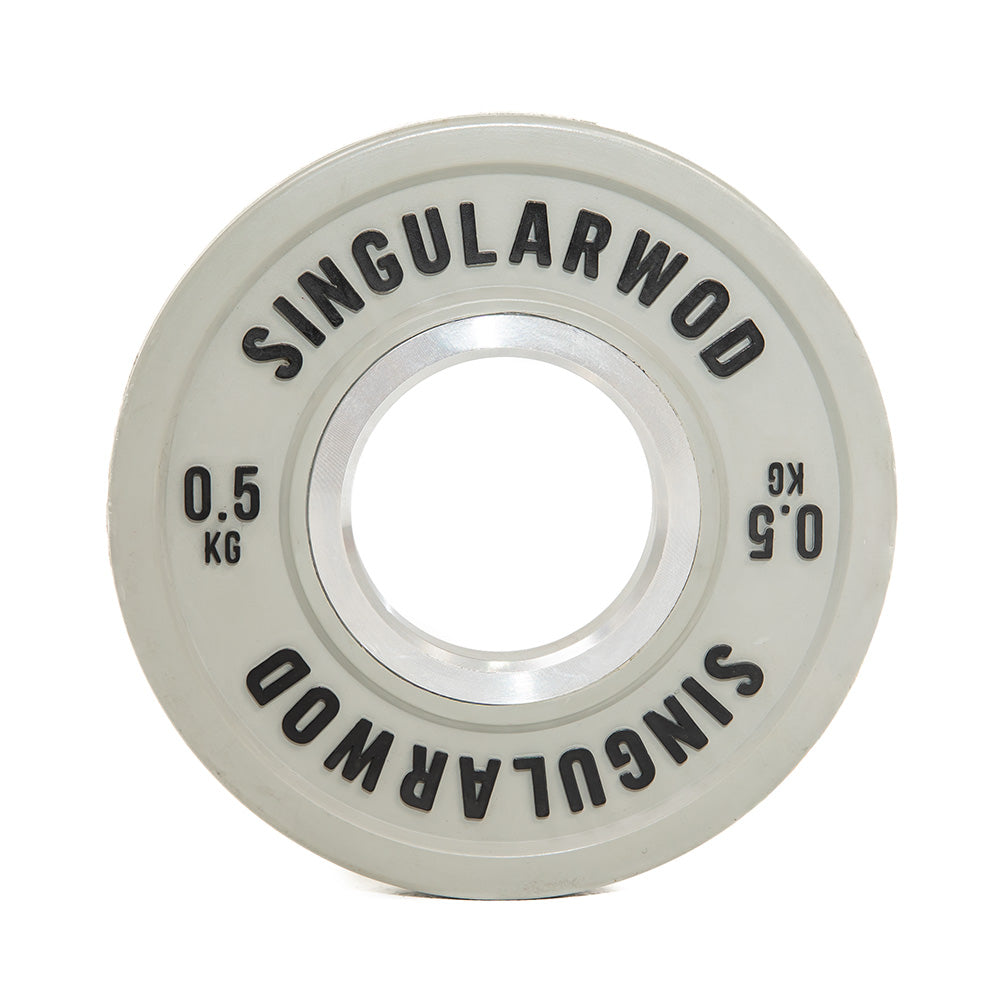How to know what protein use: All about P1 powder protein supplements
How to know what protein using knowing that powdered protein supplements are undoubtedly the most popular and sold sports supplements worldwide, with sales projections of more than 21.5 billion dollars by 2025.
From Smart Nutrition We want to talk to you on this occasion of the differences between all this type of protein supplements and whether or not they can be indicated according to the circumstances of each person.
*Click here if you want to know everything about vitamin D, we address issues about: Where do we find it? How much do we need?
Today, more and more foods and products enriched in protein are, and not only is the additional take of this macronutrient to the famous huge colored boats, formerly destined exclusively to the “strong” people of the gym. Nowadays, protein powder intake has been normalized, and there are less and fewer myths around its intake. Anyway, in today's article, we are going to make sure to clear all those issues that can still generate some confusion.
How to know what protein use according to your origin powder
First, we have to know that the origin of the powder protein can be animal or vegetable. Differentiating them, if we focus on those of animal origin, We can say that there are two types of protein of Dairy origin (The famous Whey or milk serum protein; and casein), also existing Egg protein, of meat and even insects. On the other hand, in terms of proteins of plant origin We commonly find soy protein, although we can also see proteins from hemp, pea, rice, chickpea... and mixtures between them. Without getting much in detail, generally the milk serum protein/Whey is going to be the one that presents a better amino acid and digestibility profile, although how we mention, there are many alternatives to assess based on intolerances, ethical aspects, preferences, cost ...
Whey or milk serum protein
We are going to focus on the Whey or milk serum protein, being the most commercialized and the most doubts can generate. First, we must know that it is a product obtained from cheese. After the addition of rennet to milk with the objective of coagulating it, and during the following cheese processing processes, a leftover is called "Lactosuero".
This product was initially discarded, even becoming a problem because it is an environmental pollutant. However, today, this serum rich in vitamins, minerals, fats, lactose ... is reused and used in the manufacture of the Whey protein. After different technological prosecutions, one finally drying is reached, where this powder protein is finally obtained.
This dust is packaged by large WHYA MANUFACTURE COMPANIES IN 20 KG bags being ready to sell to different packaging laboratories that can act as intermediaries with supplements brands or own supplementation companies They have packaging laboratories where they finish formulating their Whey protein, adding the additives they consider necessary to get the final product.
And there is not only a type of Whey protein in the market, We can find the following three types:
Whey protein concentrates
The cheapest way of Whey protein. They normally contain 70-80% protein accompanied with small amounts of carbohydrates and fats.
Whey protein isolated
More expensive, derived from the filtration process to which they are subjected to increase protein content (normally 90% of product weight). Minimum amounts of carbohydrates and fats. It has very little lactose and usually feel even intolerant.
Whey protein hydrolyzed
The most expensive form in terms of price. The processing is intended to break the intact protein of concentrates and isolated into small peptide chains, arguing to be a pre - digested protein of faster absorption and easy assimilation. We have to know that there are hydrolyzed of concentrates and hydrolyzed of isolated, although it is more common to see them of isolated.
Perhaps it is interesting to take into account this format in cases of intestinal problems or intolerances, assuming a greater cost and worse taste of this protein in a general way.
Therefore, we already know that all are not equal, even within the same raw material such as milk/whey serum. Now,
When can it be interesting to implement them in food?
Well, first, we must know that, through foods such as meat, fish, eggs, legumes or dairy products, among others, we will be providing protein to our daily diet. If, with the consumption of these foods, it is easy for us to reach the recommended daily protein needs for our goal (whether or not athletes), it is not necessary to include powder protein supplementation.
Now, there are people who have very high requirements, or for comfort and ease of employment, can benefit from the consumption of this supplement. As individualization will always be important.
What we should know is that, To gain muscle mass, protein synthesis must be superior to protein degradation, thus promoting a net protein balance. Therefore, and without going much more in details, the total protein intake that is ingested throughout the day will be a crucial factor. In the next article we will talk about Timing and most concrete recommended amounts And the way of Read the labeling To choose a protein of the best quality and do not give you cat for hare. Don't miss it!
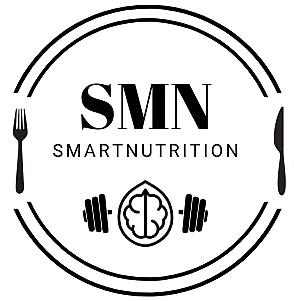
From Smart Nutrition We can help you structure your diet based on your needs and objectives. We individualize your diet. Do not hesitate to book a face -to -face session (Madrid) or online with us through our website.
